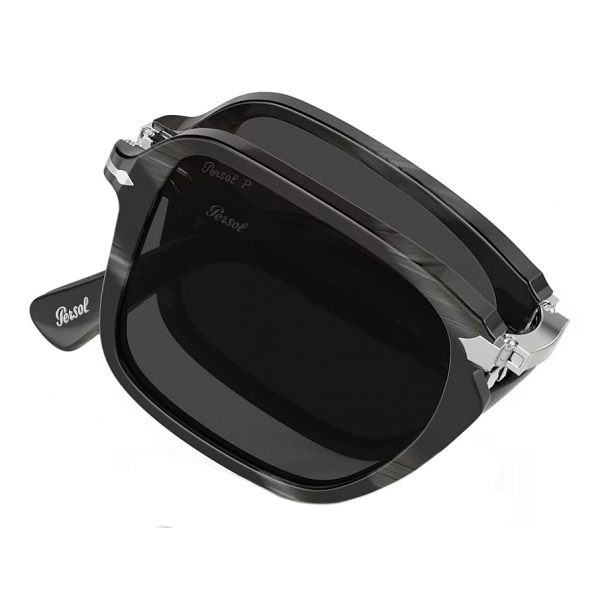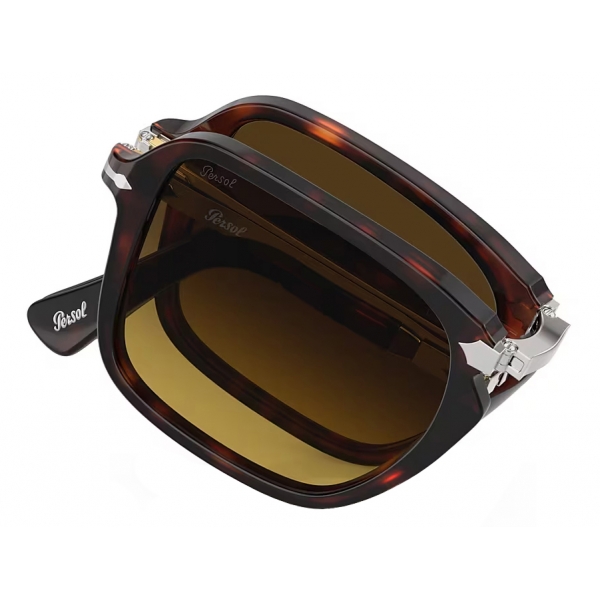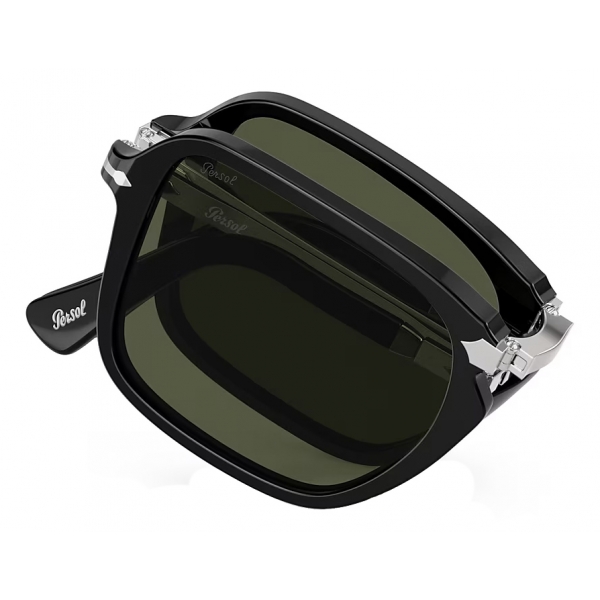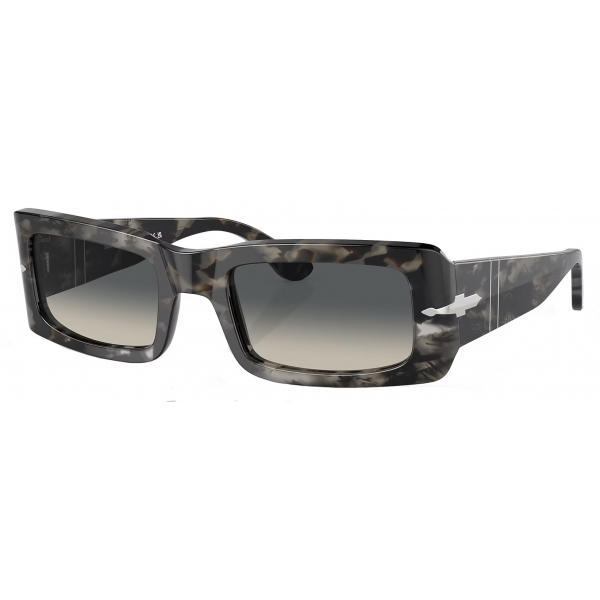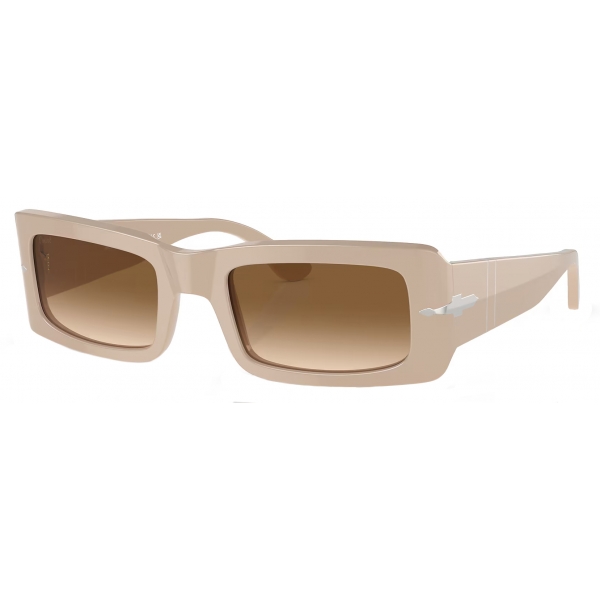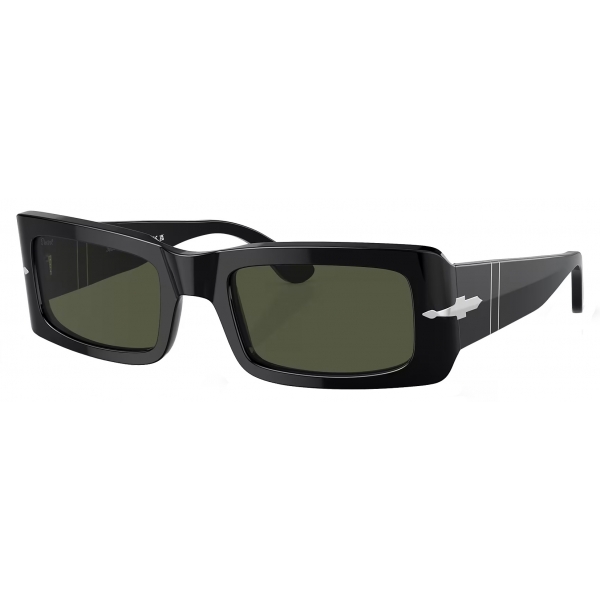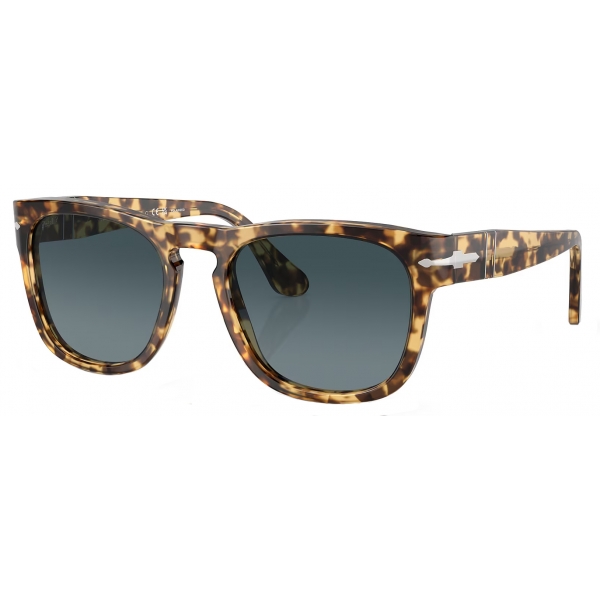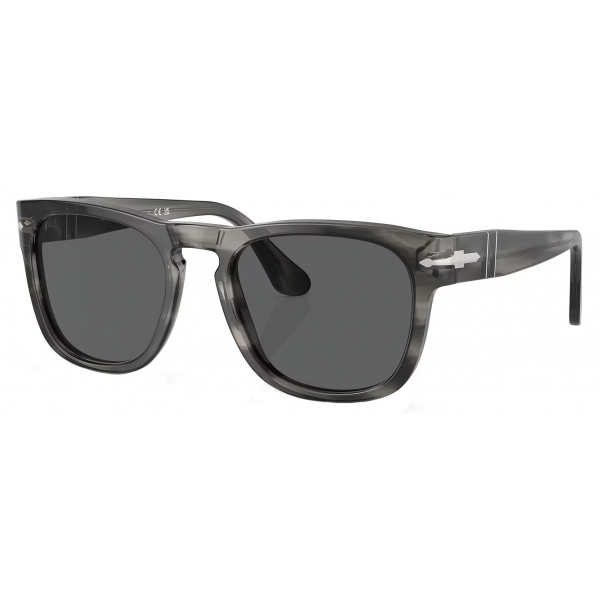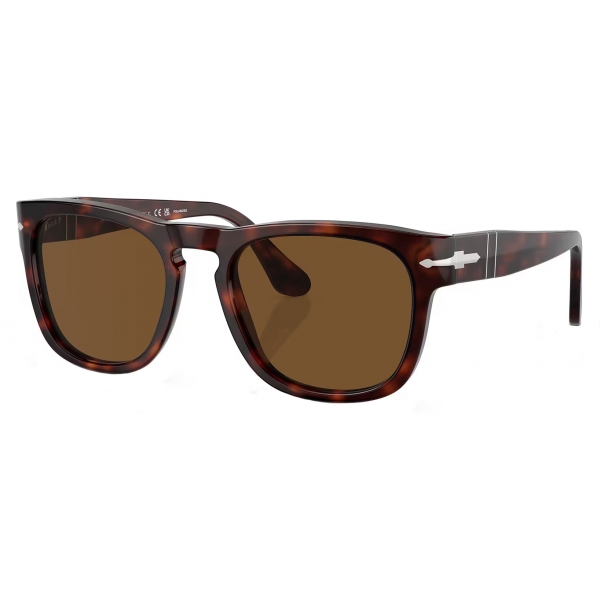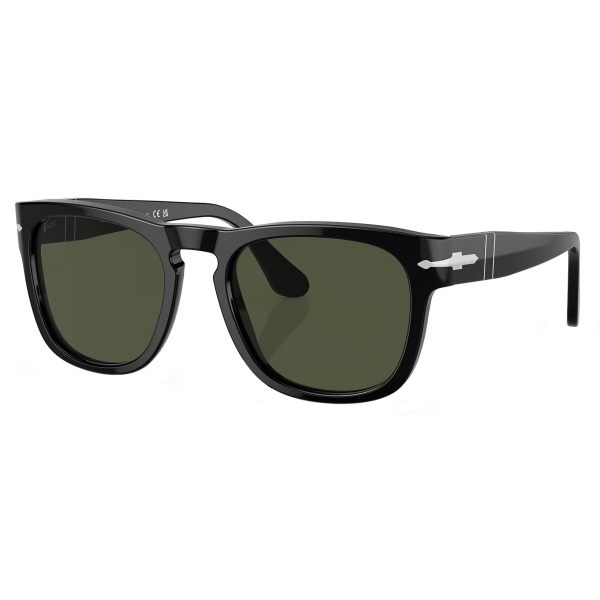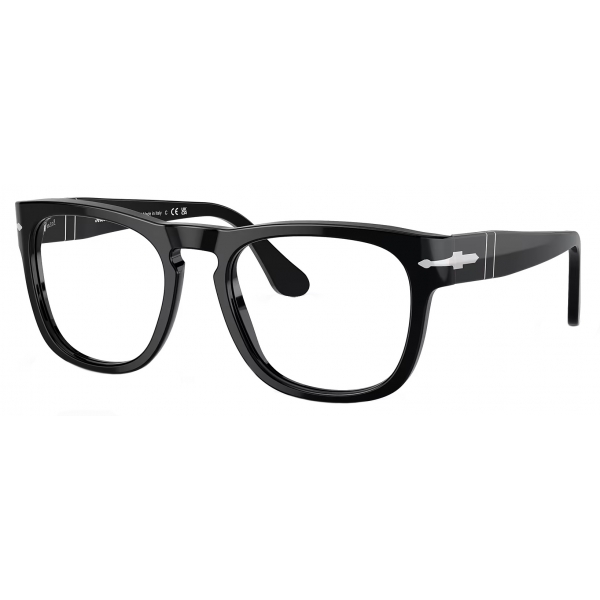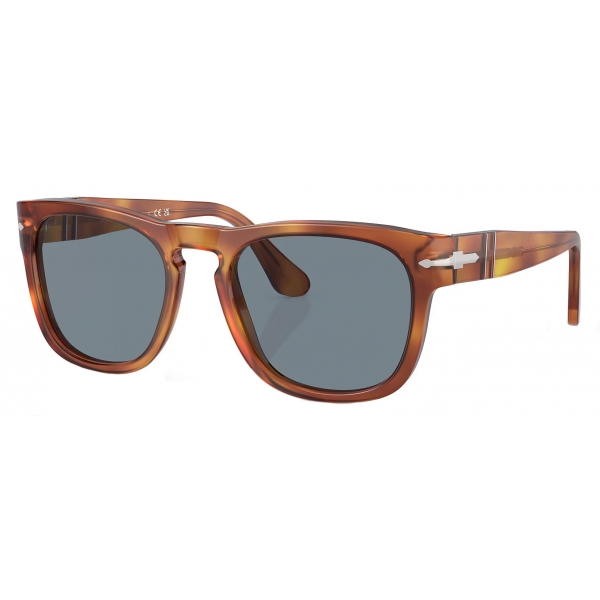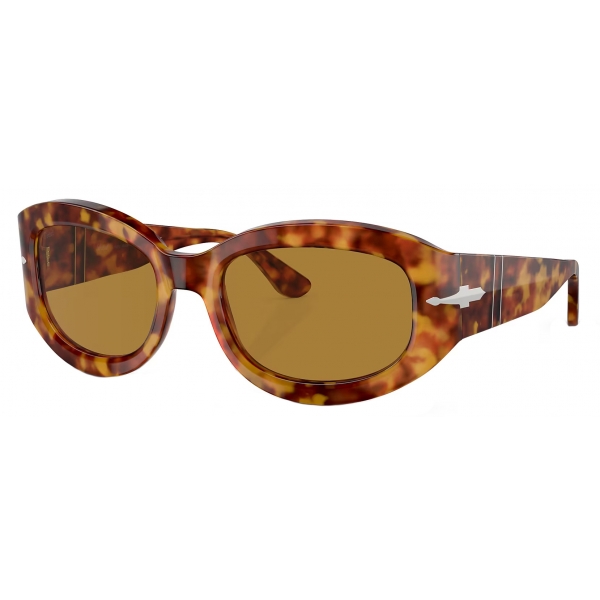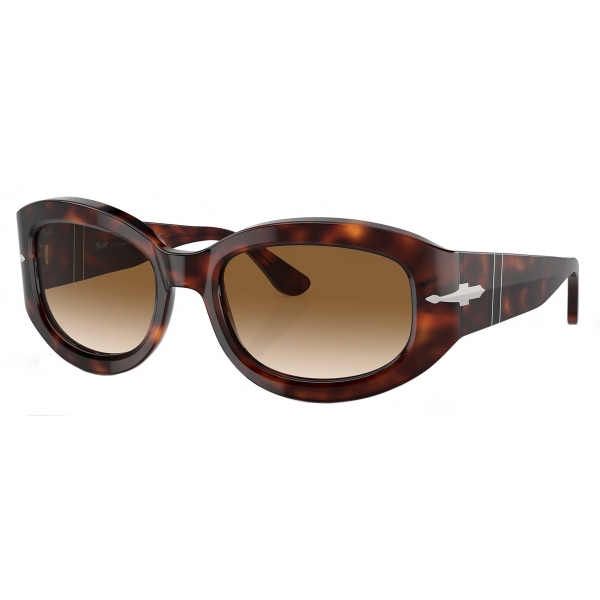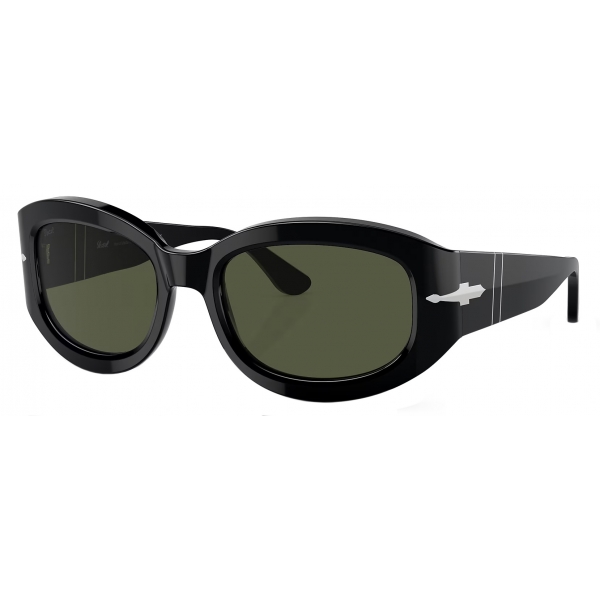No products
Categories
- Fashion Accessories
- Clothing
- Beauty & Lifestyle
-
Hi-Tech & Lifestyle
- Gaming
-
Case
- iPhone 11 Pro
- iPhone 11 Pro Max
- iPhone 11
- iPhone X / XS
- iPhone XS Max
- Samsung S10 / S10+ / S10e
- Huawei P30 / P30 Pro / P30 Lite
- Huawei P20 / P20 Pro / P20 Lite
- iPhone XR
- Samsung S9
- Samsung S9+
- iPhone 8 / 7
- iPhone 8 Plus / 7 Plus
- Samsung S8
- Samsung S8+
- Samsung S7
- Samsung S7 Edge
- iPhone 6 / 6 s
- iPhone 6 Plus / 6 s Plus
- iPhone 5 / SE
- Skin
- Audio
- Smart Home
- Drones & Hoverboard
- Photo & Video
- Desk Supplies
- Accessories
- Games
- Beverages
- Food
- Home
- Jewelry
- Luxury
- Travel
- Art
- Footwear
- Vintage Fashion
- Restaurants
- Sport
- Animals
- Gift Ideas
- Kidswear
Extra
Persol
For The Sun
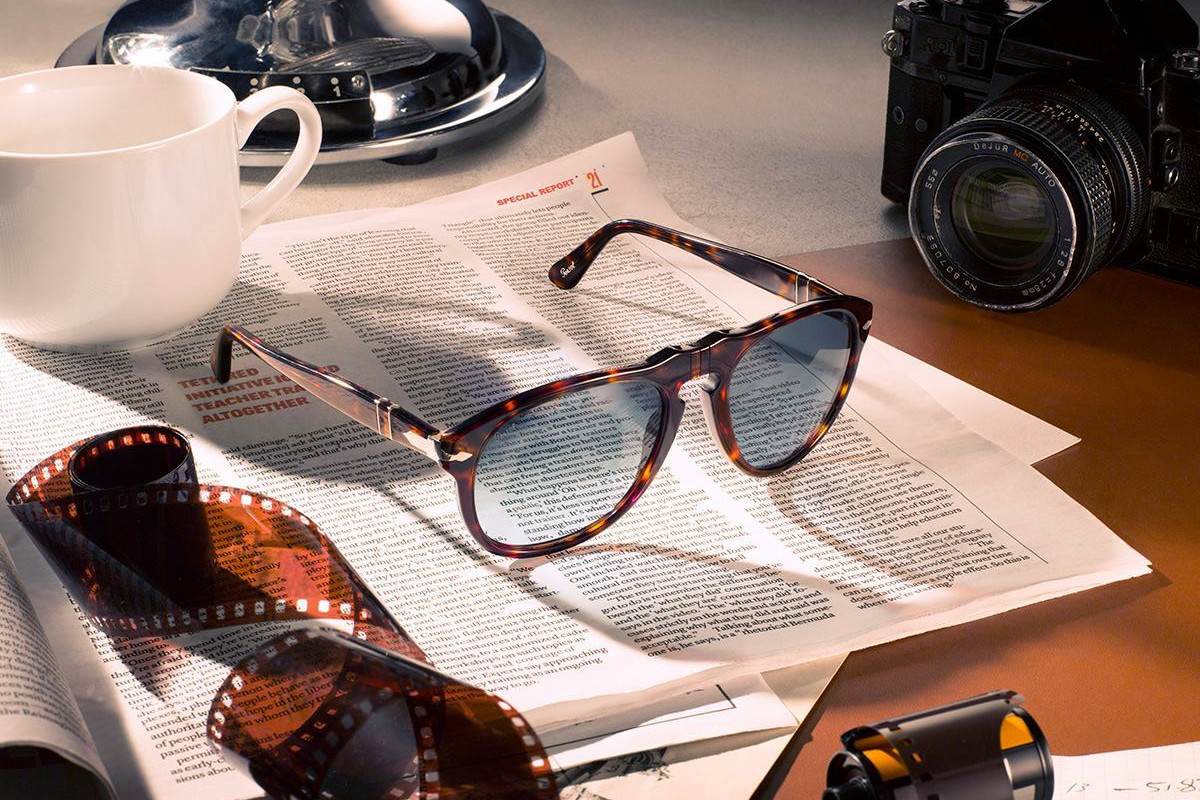
History

The Years 1917 – 1930

Turin 1917, Giuseppe Ratti, photographer and owner of Berry Opticians, began to make technically advanced glasses, designed to satisfy the demands of pilots and sports drivers who required comfort, protection and optimum vision.

Protector glasses were born, made using round smoked lenses with rubber edges and attached to the head by means of elastic bands. Soon they were adopted by the Armed Forces and by pilots in the Italian Military Aviation.
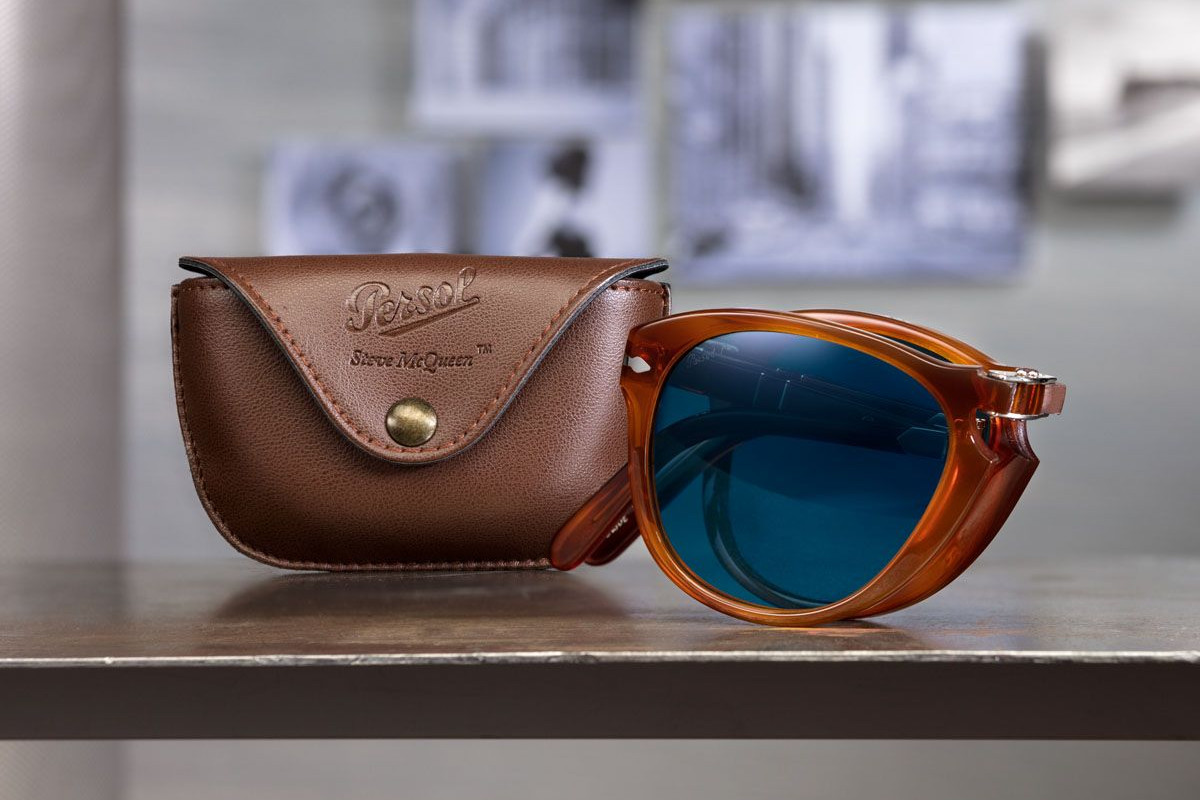
Intuition, ingenuity, innovation and quality made Protector glasses the choice of several air forces around the world, including the United States. During this period they were worn by flying, driving and motorcycling aces - D'Annunzio, De Pinedo, Ferrarin, Chiron, Nazzaro, Fangio, Opessi, Bolognini and Ghersi to name but a few of their most famous users.
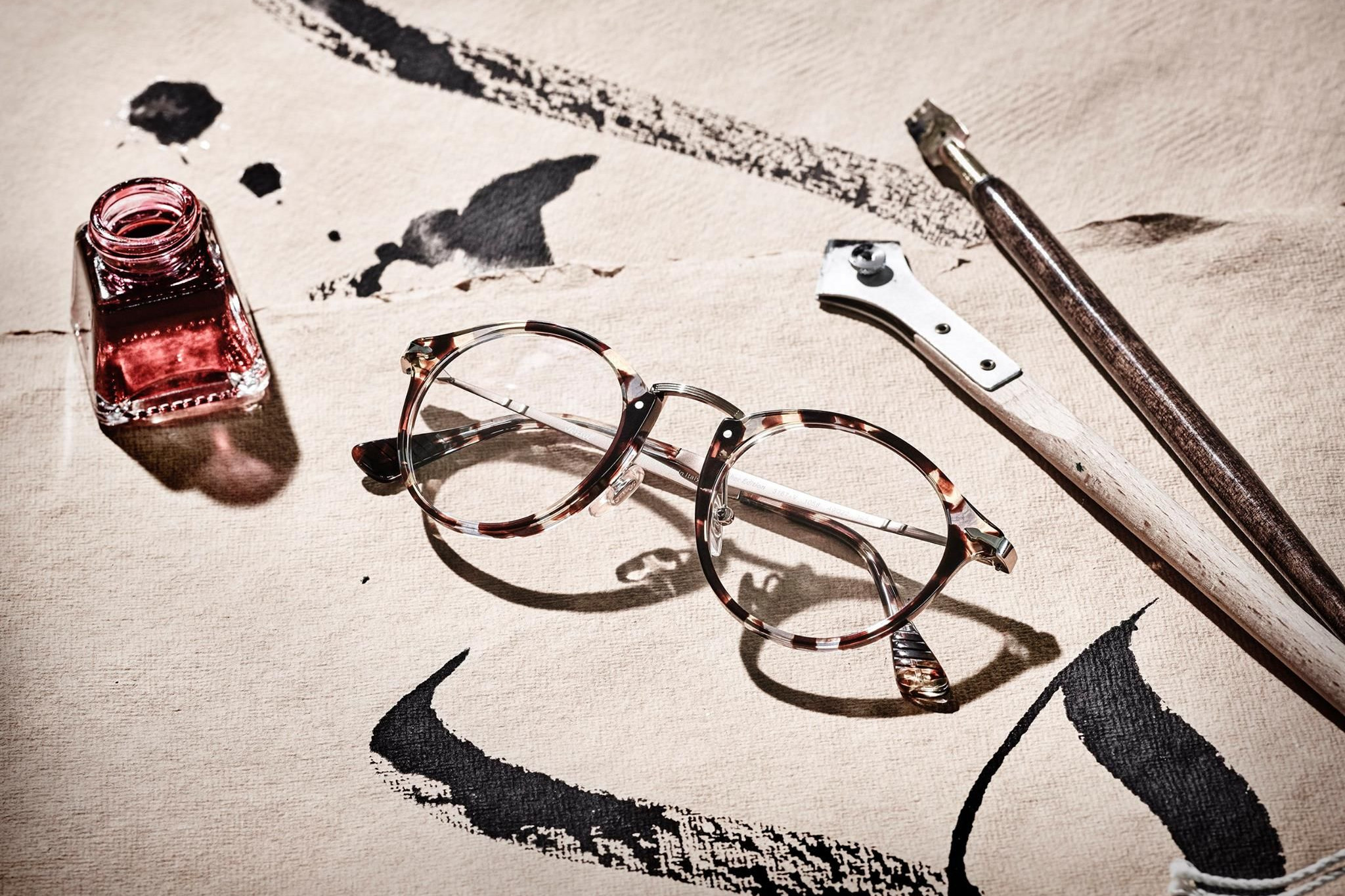
From the pen of a great designer, Eugenio Colmo, a.k.a. Golia, came to life the “Cinesino” in 1920, a character that distinguished the Berry shop in Via Roma and that, with its graphic development, accompanied advertising campaigns for Ratti’s products for 50 years, in particular the Persol line that was created in that period.
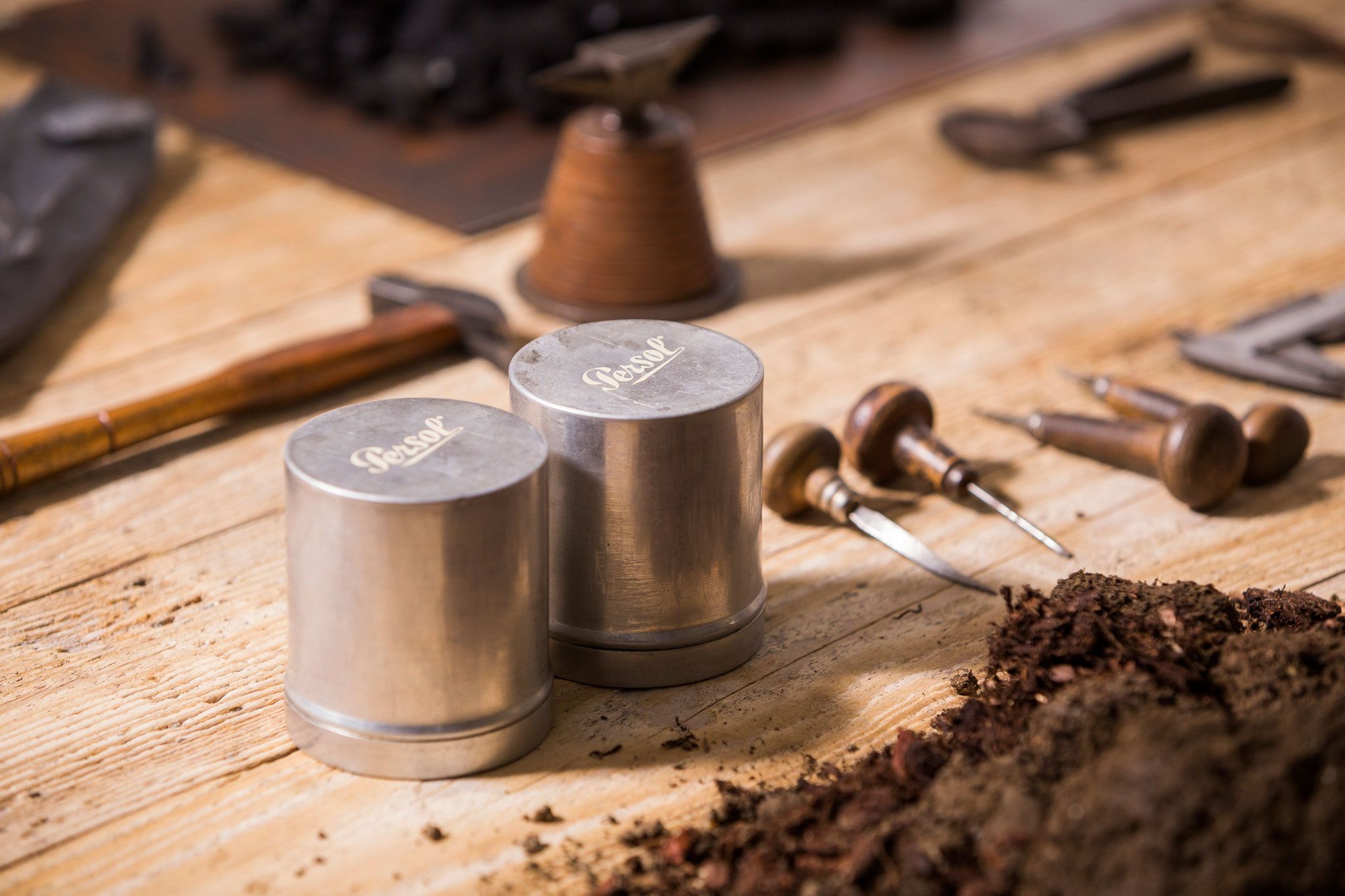
Again in the 1920s the famous yellow-brown lens that is mounted on all Persol glasses was created using neutral crystal made from the purest silica. Its singular characteristic is owed to a special “en masse” manufacturing process that determines its colouring and guarantees extremely high protection from the sun’s harmful rays.

In 1924 Protector obtained the first of 14 international patents. Composed of 41 parts requiring 43 different assembly procedures, Protector glasses were also adopted by the Swiss Military Department in 1927 after careful analysis.
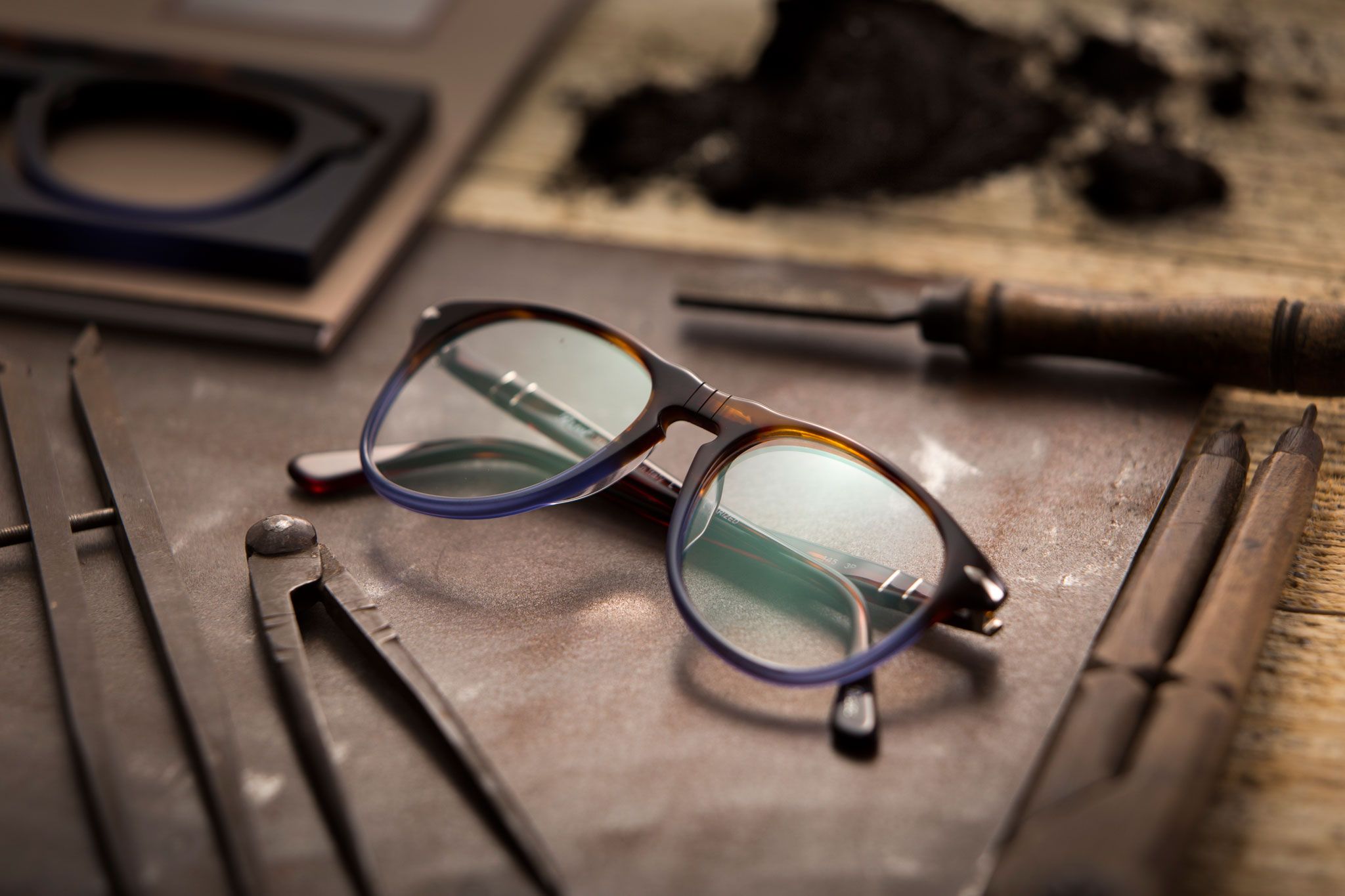
The Years 1930– 1950
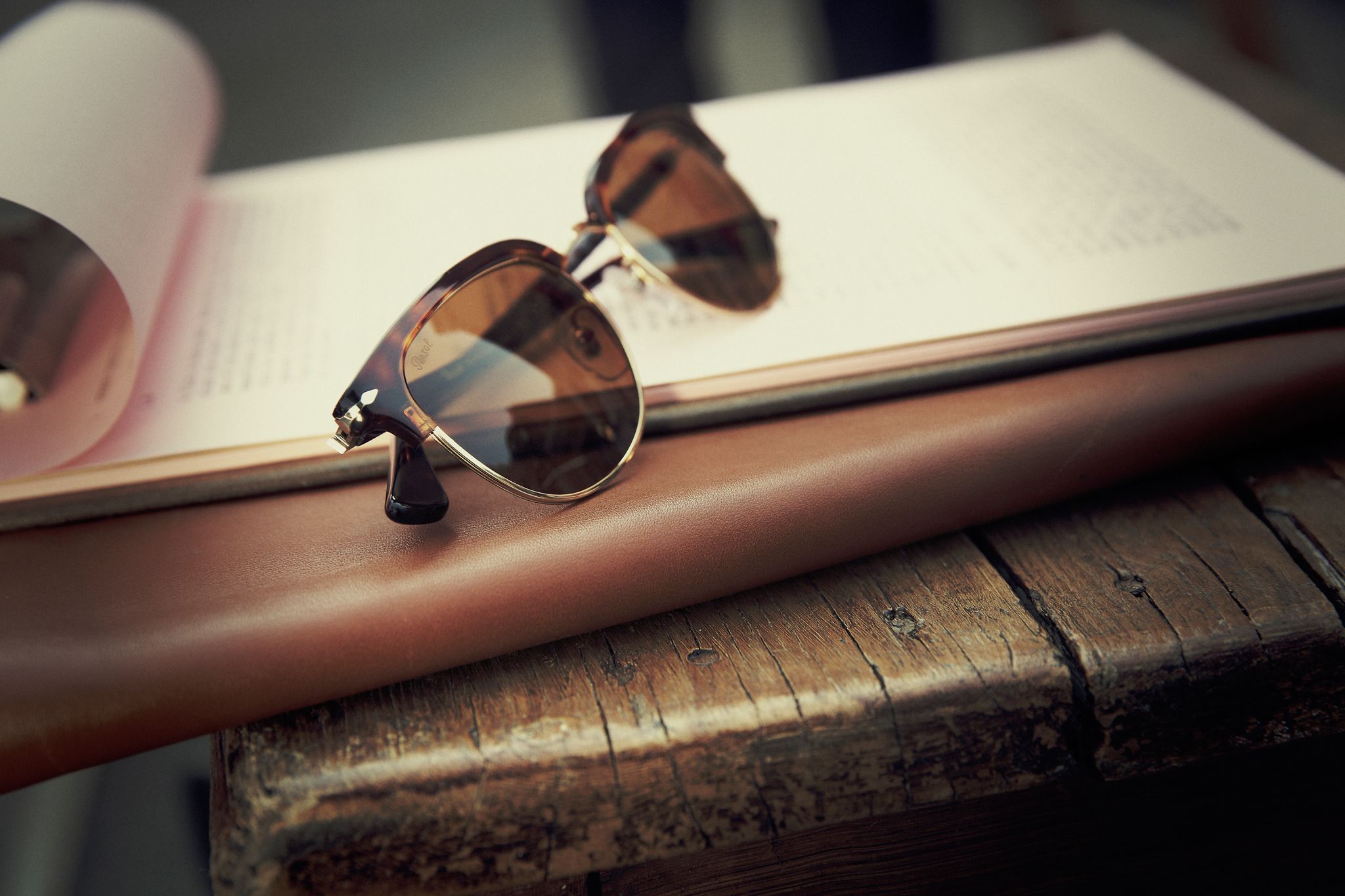
Subsequent development of the Protector model, guided by an intuition and determination to create truly revolutionary sunglasses in terms of quality and ease of wearing, led to the creation of the Persol trademark (Persol from “per il sole” meaning “for the sun”, highlighting their function of protection against the sun’s rays).
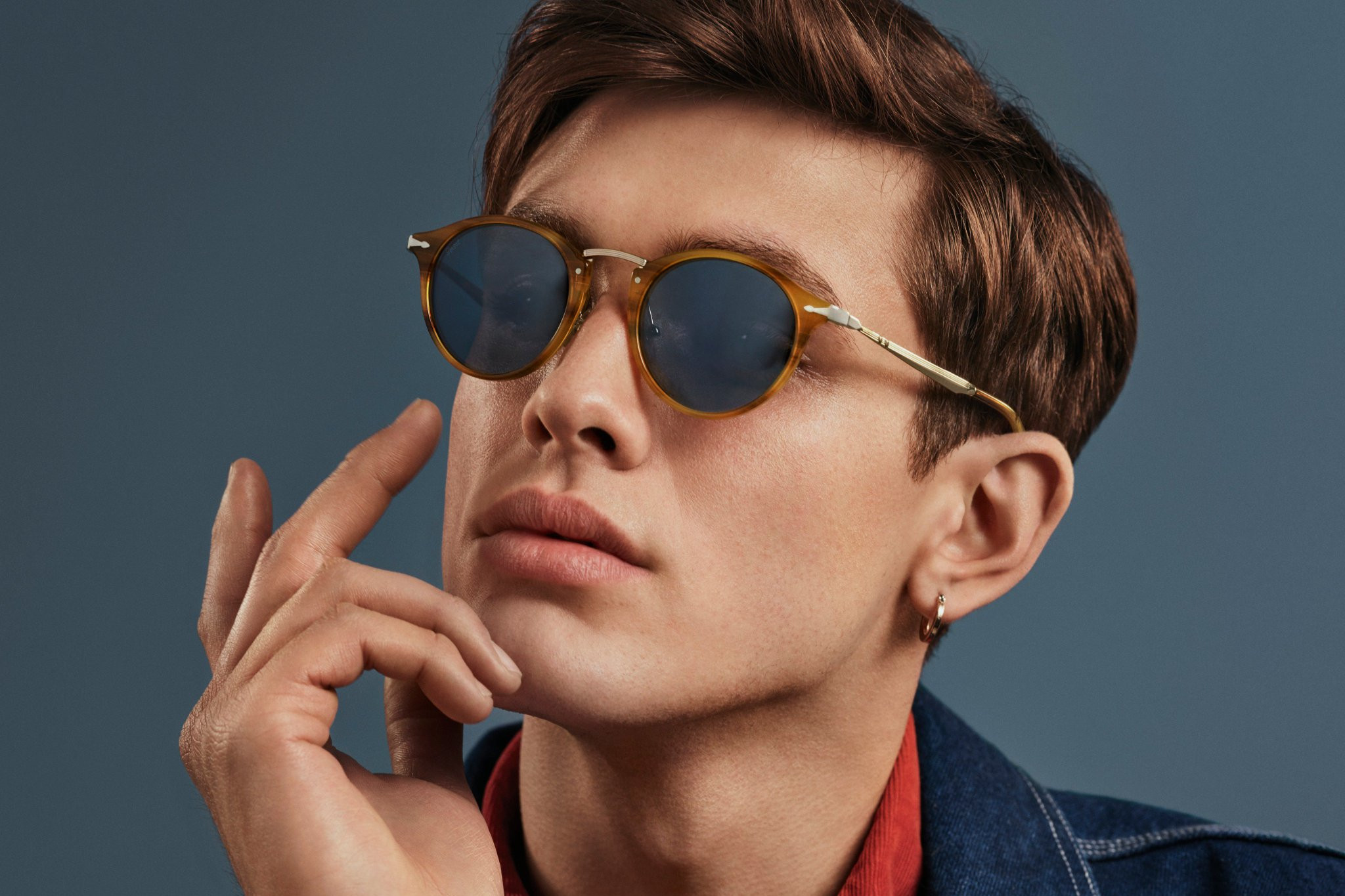
The extraordinary characteristics of this innovative product were its neat design, crystal lenses (the pride of Persol), the Silver Arrow (both a functional detail and unmistakable decorative element) and the Meflecto patent, a system studied to make the stems flexible and offer maximum comfort.
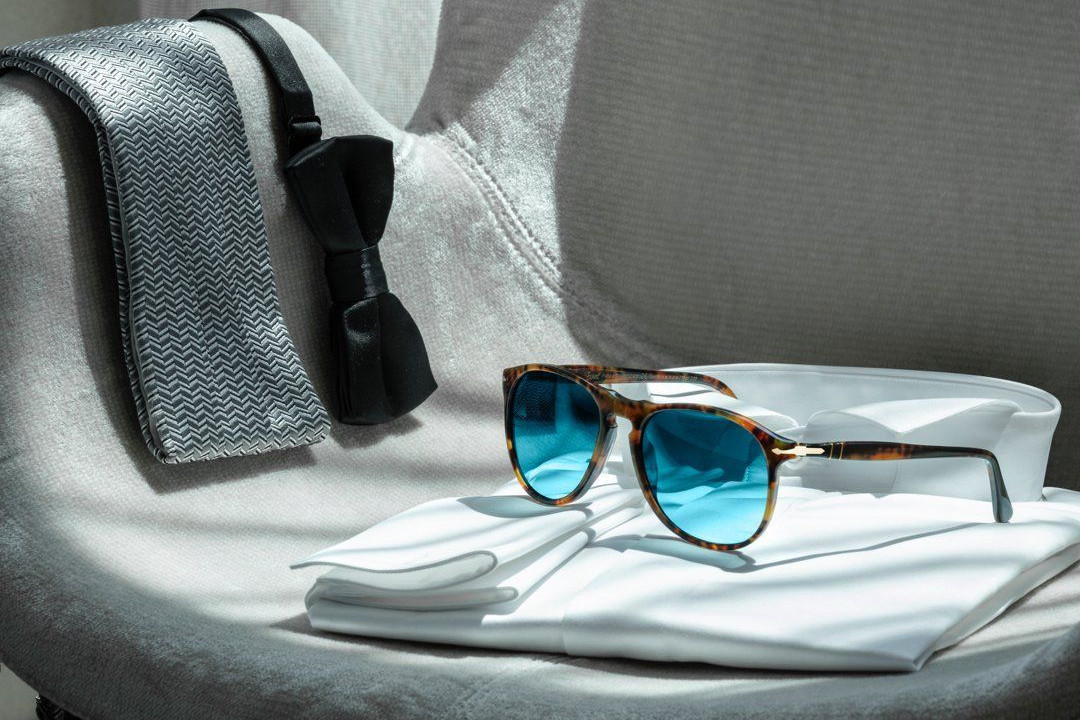
The late 1930s saw the introduction of the Meflecto system, the world’s first flexible stem that is still today a distinctive feature of the Persol brand. The stem’s flexibility derives from the introduction of nylon or metal cylinders intersected by a stainless steel core providing absolute comfort and adaptability to any face.
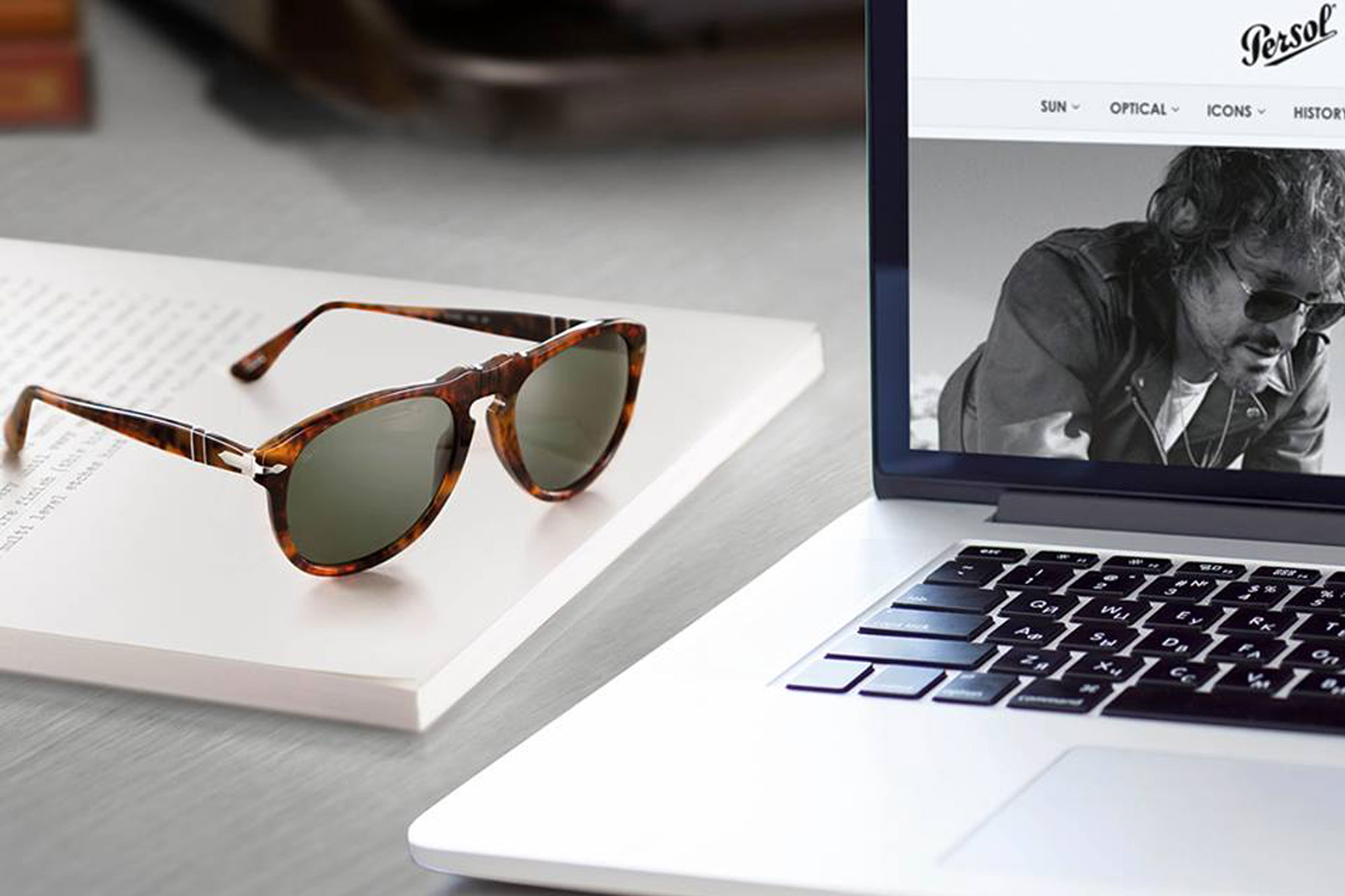
This period also marked the creation of Persol Victor Flex, an application of the Meflecto concept. A real fountain of technology, the glasses were equipped with a flexible bridge (the “3-notch bridge“, still used today in model 649) that creates a comfortable curve and improves fitting. A further internal metal reinforcement is applied to the stems of new models to allow their adjustment both in length and curving.
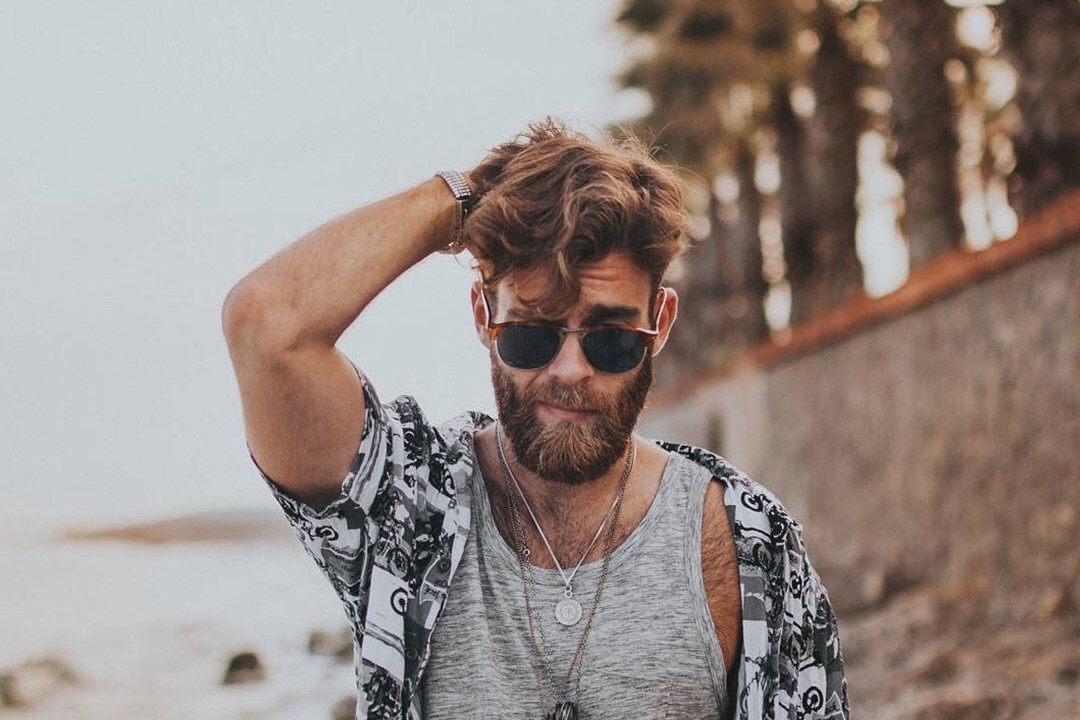
This period also marked the birth of the Silver Arrow, Persol’s unmistakable symbol: a hinge decorated with an arrow on the stem, inspired by the swords of ancient warriors. This innovation, born of Ratti’s intuition, was immediately patented in several countries.
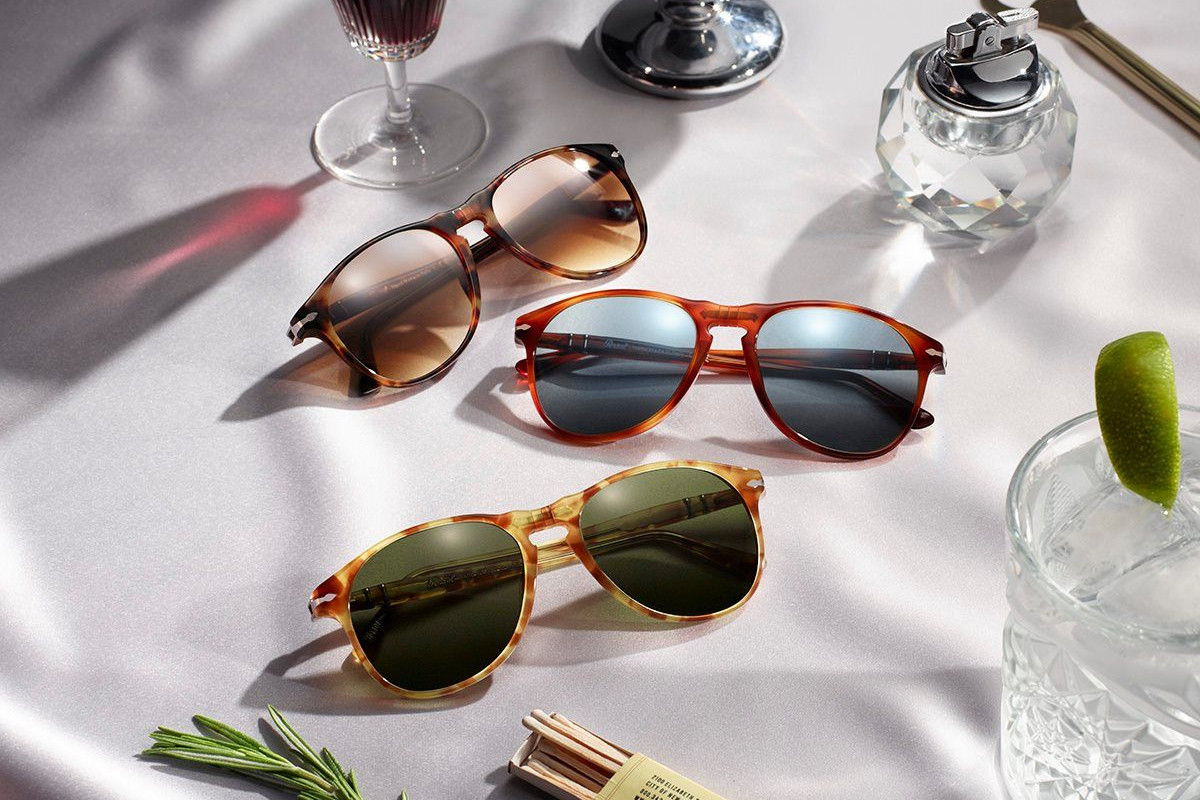
Various versions of the arrow followed until development and technical and design adjustments led to the “Supreme” arrow, that still today distinguishes the Persol trademark. As both a functional detail and decorative element, the arrow soon brought Persol international recognition (and copying) of its very particular style.

The Years 1950– 1970
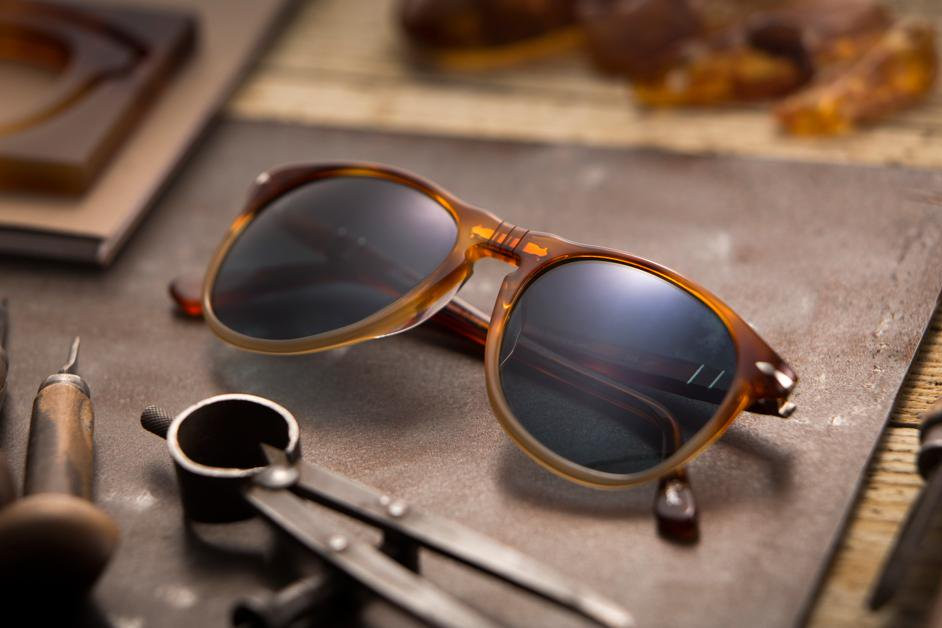
Model 649, built for tram drivers in Turin who needed large glasses to protect their eyes against the air and dust, was created in 1957. The novelty of its design made it a very successful pair of glasses, copied over the years by many competitors, and in 1961 they entered into legend when Marcello Mastroianni wore them in the film “Divorce Italian Style”.
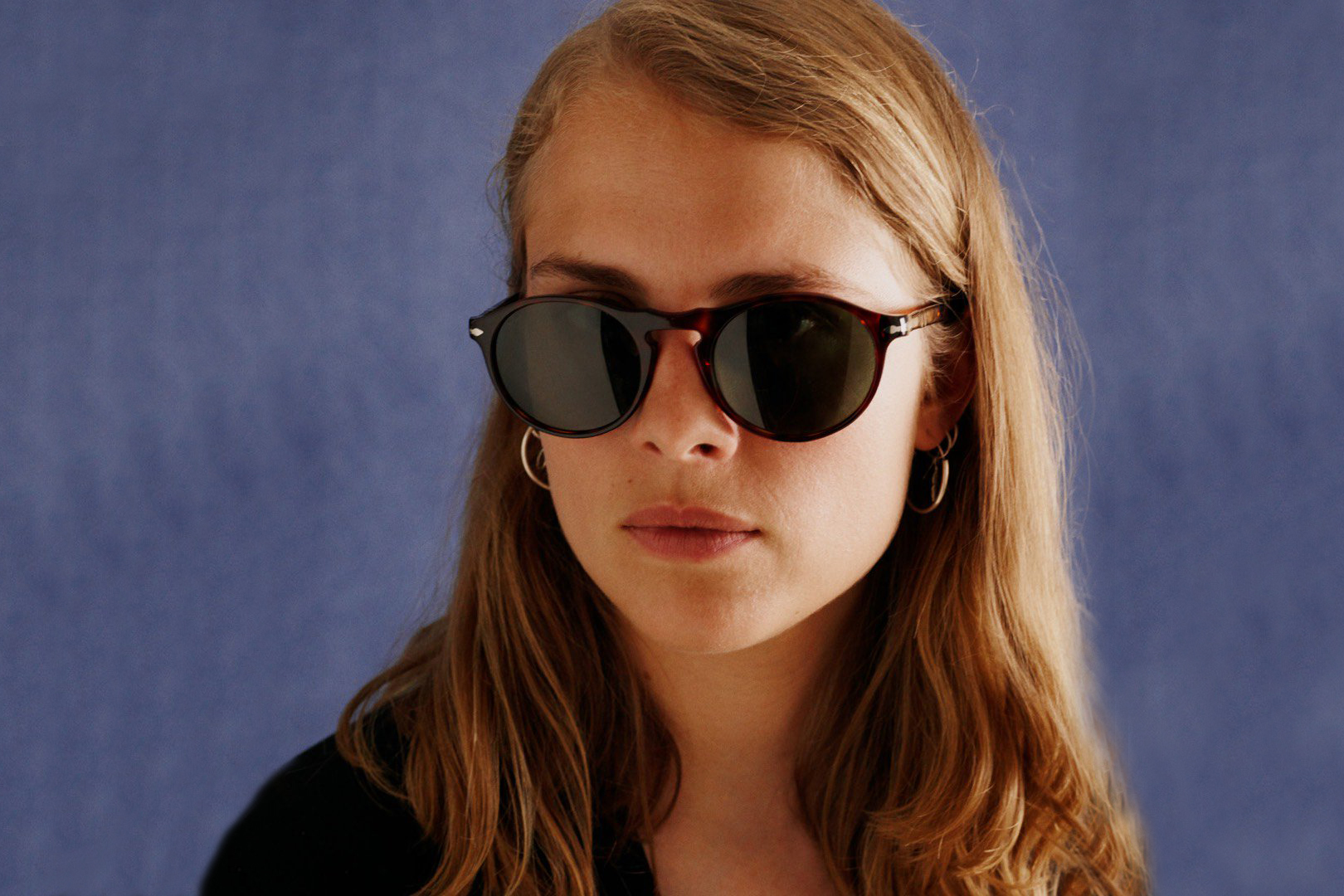
Protected by several patents and registered trademarks, model 649 (still today of great relevance and present in collections) represents the symbol par excellence of Persol design. Thanks to its particularity, in a 1994 French book entitled “Qualità: scènes d'objets à l'italienne“ it was included among the objects most representative of the Italian creative genius of yesterday and today.
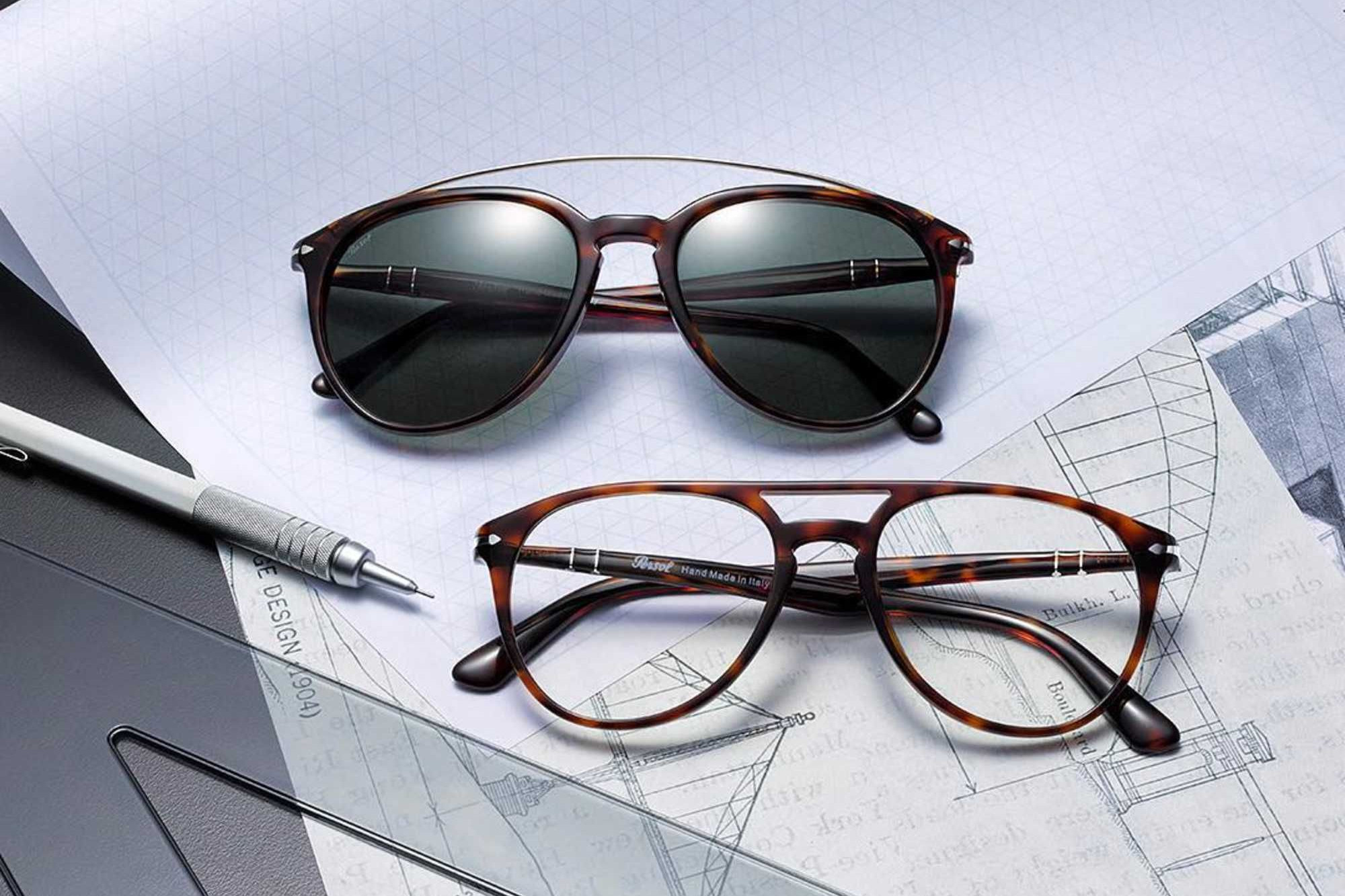
In the 1960s Persol became a source of real pride for Italian industry. Production was extended to work goggles - the Labor model were protective goggles for welding, with specific filters for various uses. It was a highly researched and specialized line, holding over 35 international patents, that took the Persol brand name to the top of the world’s eyewear industry.

1962 was the year in which the United States market was conquered (though Persol had already been supplying NASA with the “four-lens” model).

At that time Persol glasses were more and more often being worn by top personalities of the period, not only pilots and sportsmen but also film and television stars such as Greta Garbo and Steve McQueen, who chose Persol both on the set and in everyday life.
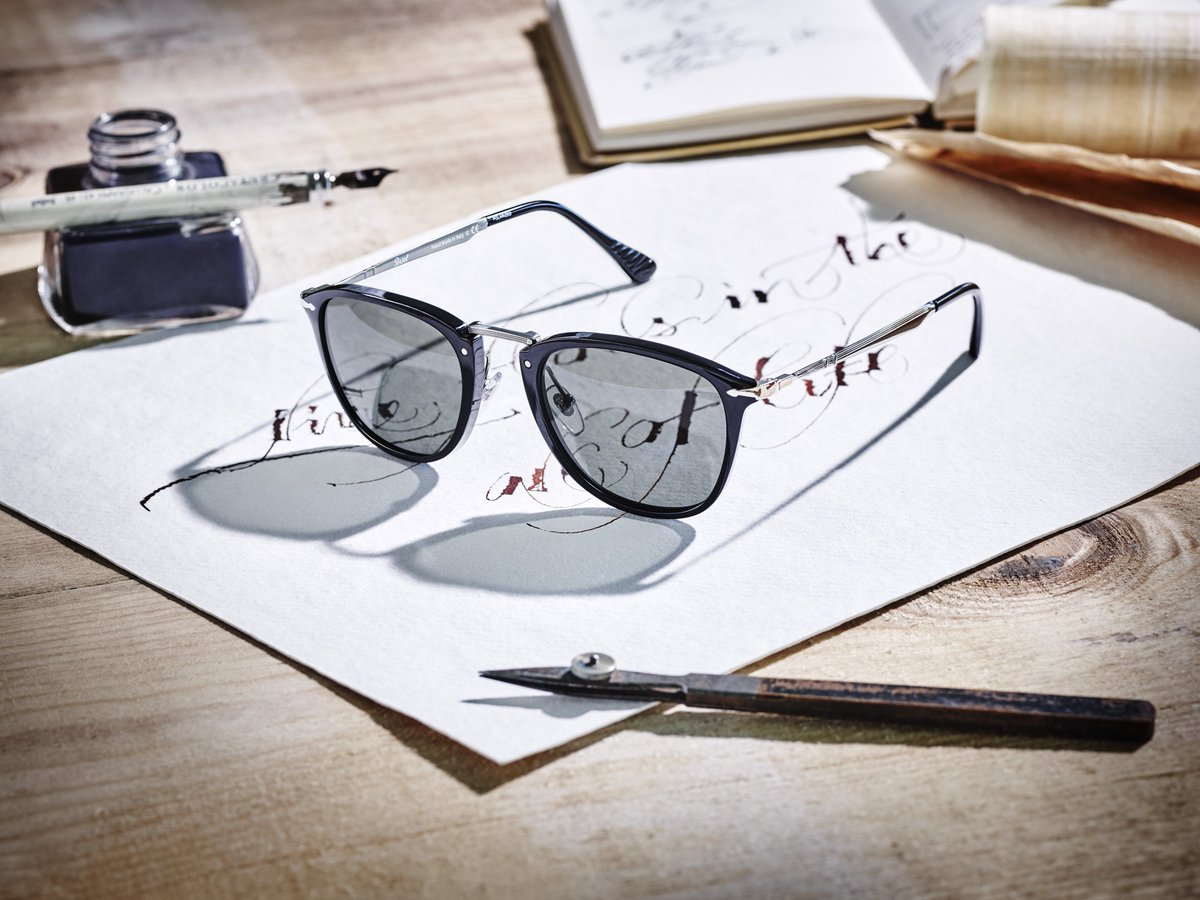
The Years 1970– 1990
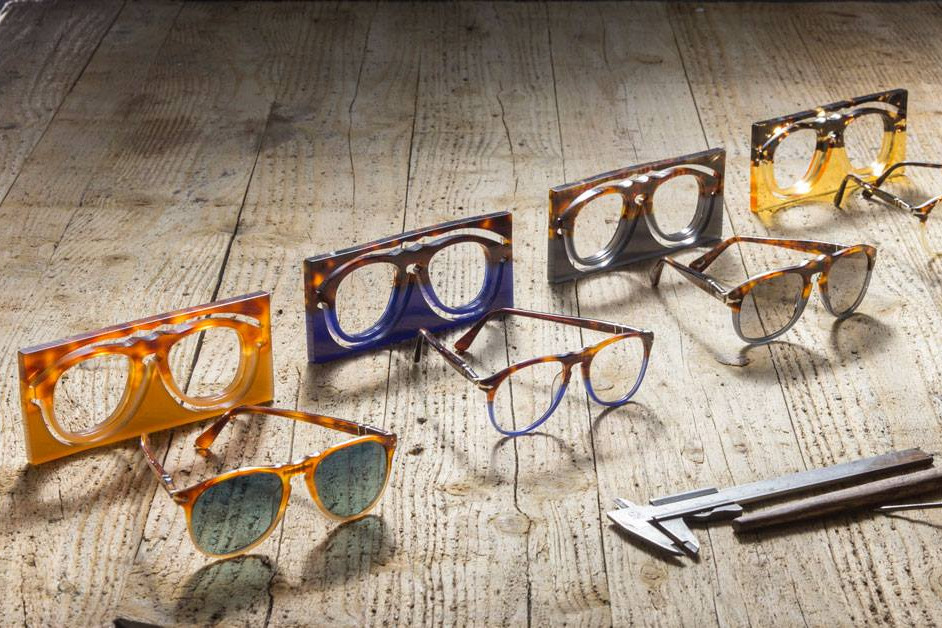
The 1980s extended the considerable attention that Persol had always paid to technological innovation and care for its products. Indeed, it took part in several expeditions to test its lenses at high altitudes and in the desert, verifying their performance in extreme conditions, and to experiment with the use of innovative materials.
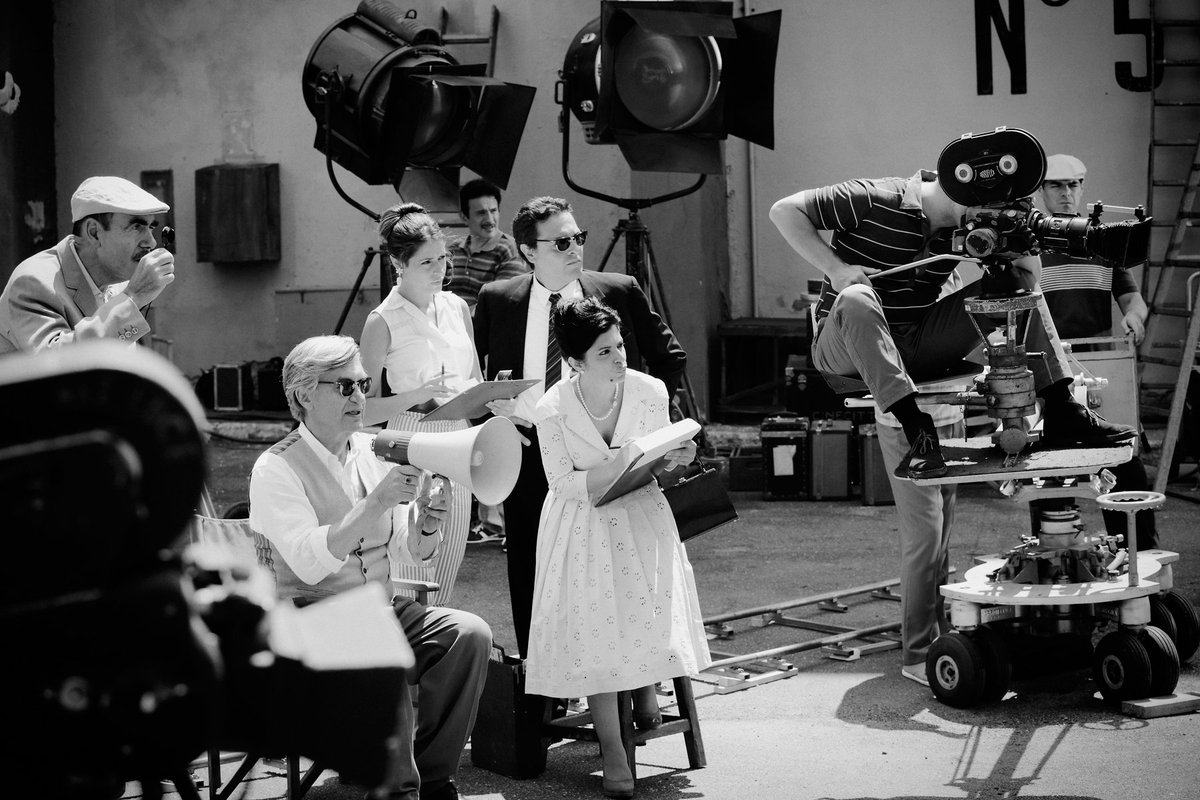
Over the 80s and 90s, therefore, we see Persol being tested in the most extreme conditions, with an expedition to the Svalbard Islands in Northern Norway, the sponsoring of and participation in several editions of the gruelling Paris-Dakar race, and the outfitting of an entire team for the Pharaohs Rally in 1991.
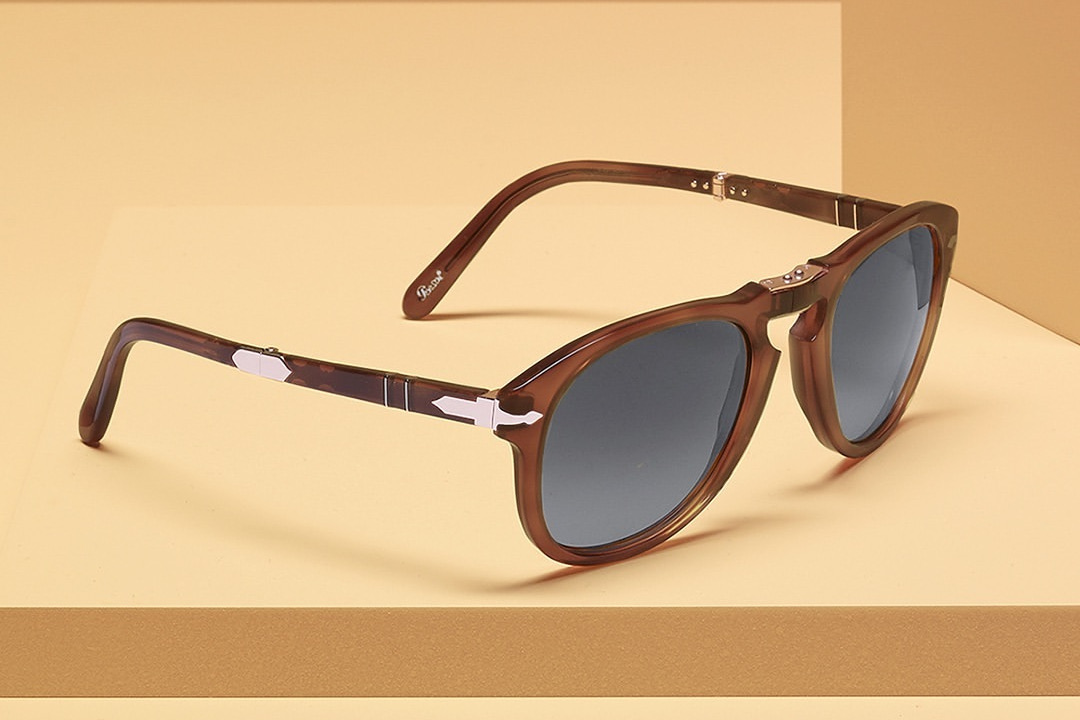
In Siberia, Vorkuta over 75 ° N, 65 ° below zero, the Russian astronauts parachuted tutorials for survival, were equipped with Persol sunglasses with polarized lenses plywood.
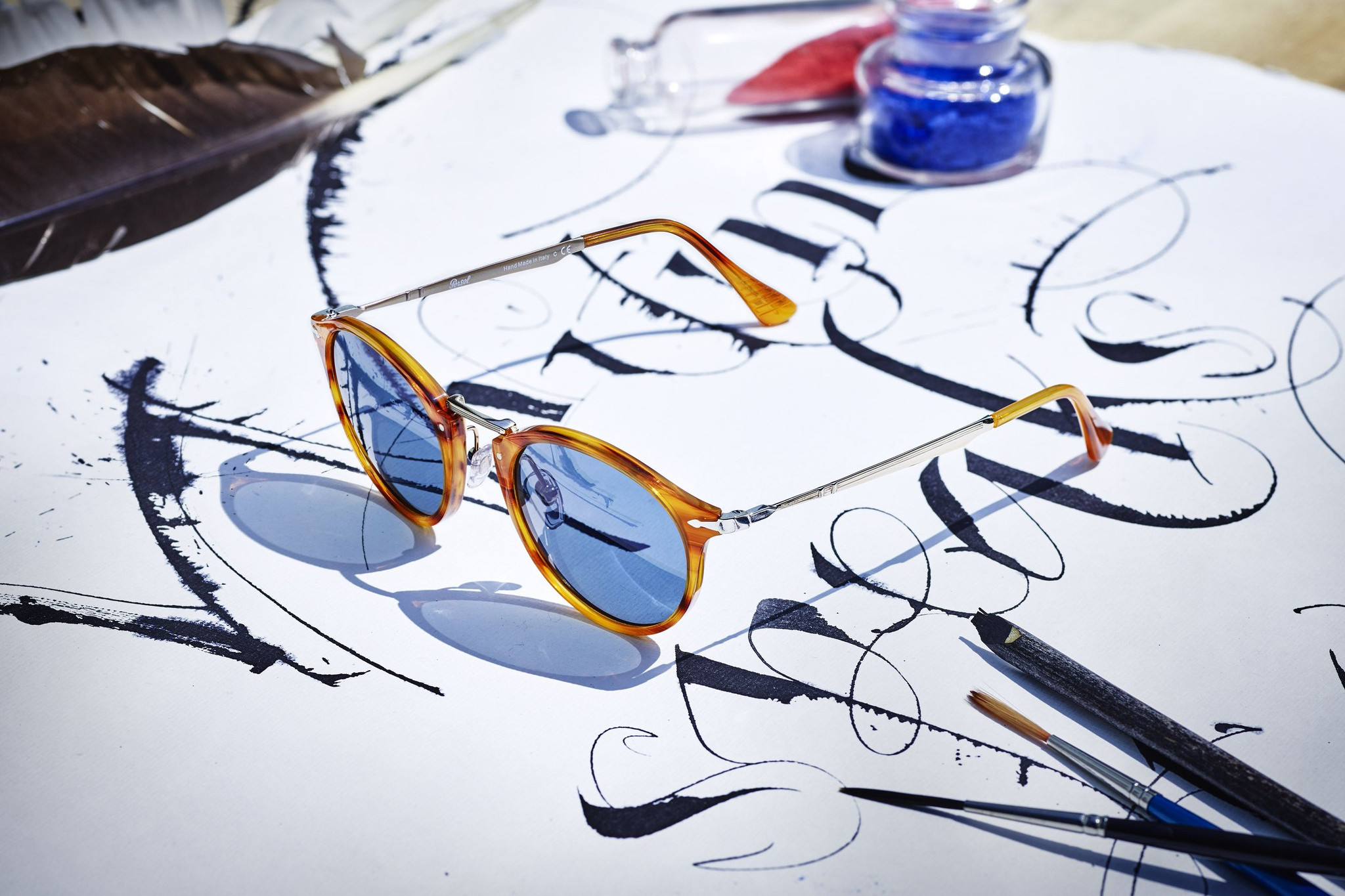
And again, alpinist Enrico Rosso wore Persol glasses in 1989 as he climbed up to the Himalayan summit of Kun (23251 ft). With him was ophthalmologist Paolo Gugliermina who looked after ocular testing. Upon his return he reported that none of the men on the expedition had suffered eye problems thanks to protection from Persol lenses specifically designed for the mission.
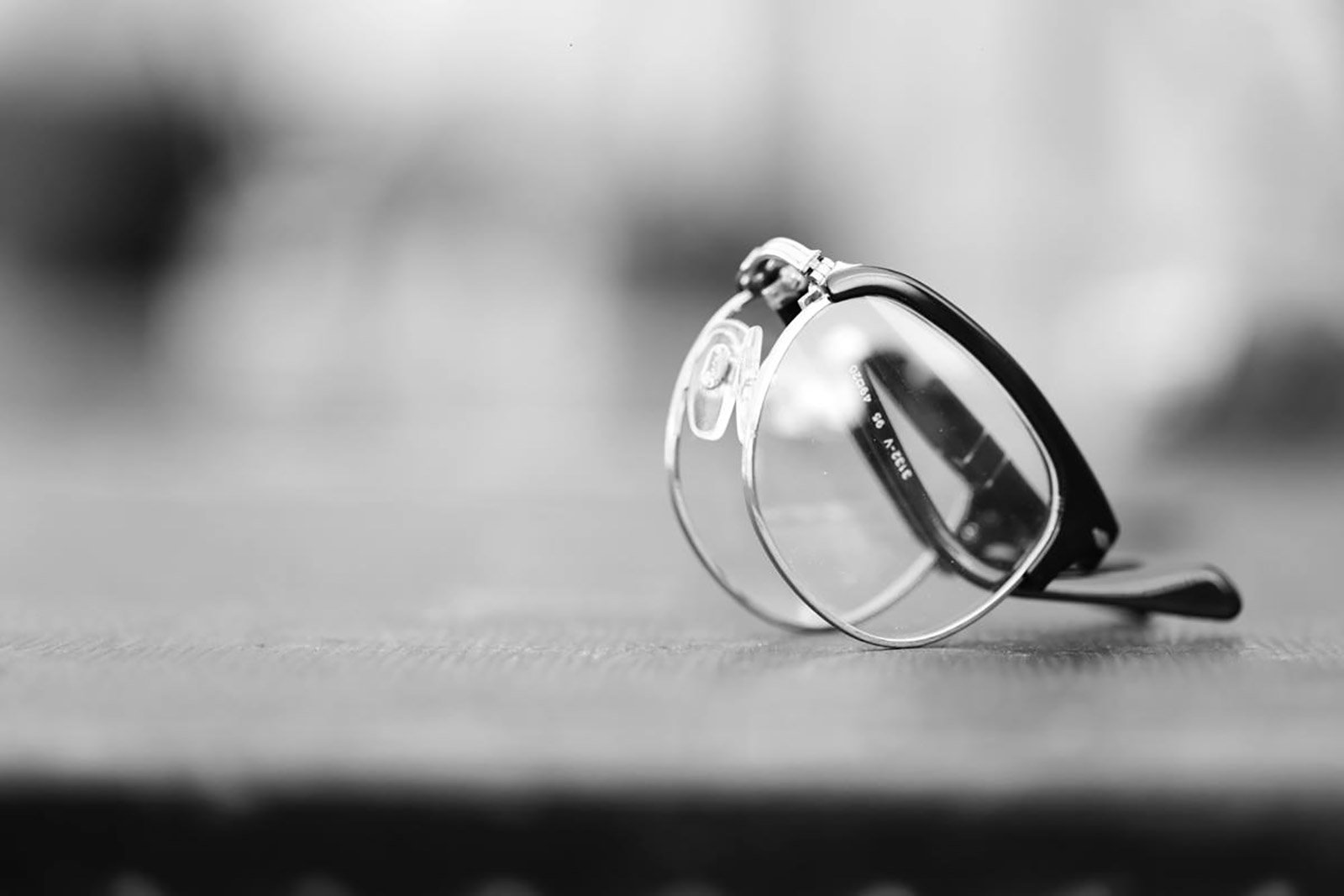
Other expeditions to the Himalayas, including one to Cho Oyu, the “Turquoise Goddess” at 26,906 feet, took place in the early 90s thanks also to Persol performance. These test-beds, in association with undisputed personalities from the world of mountaineering such as Reinhold Messner, made it possible to carry out extremely important optical studies and tests on the quality of Persol lenses.
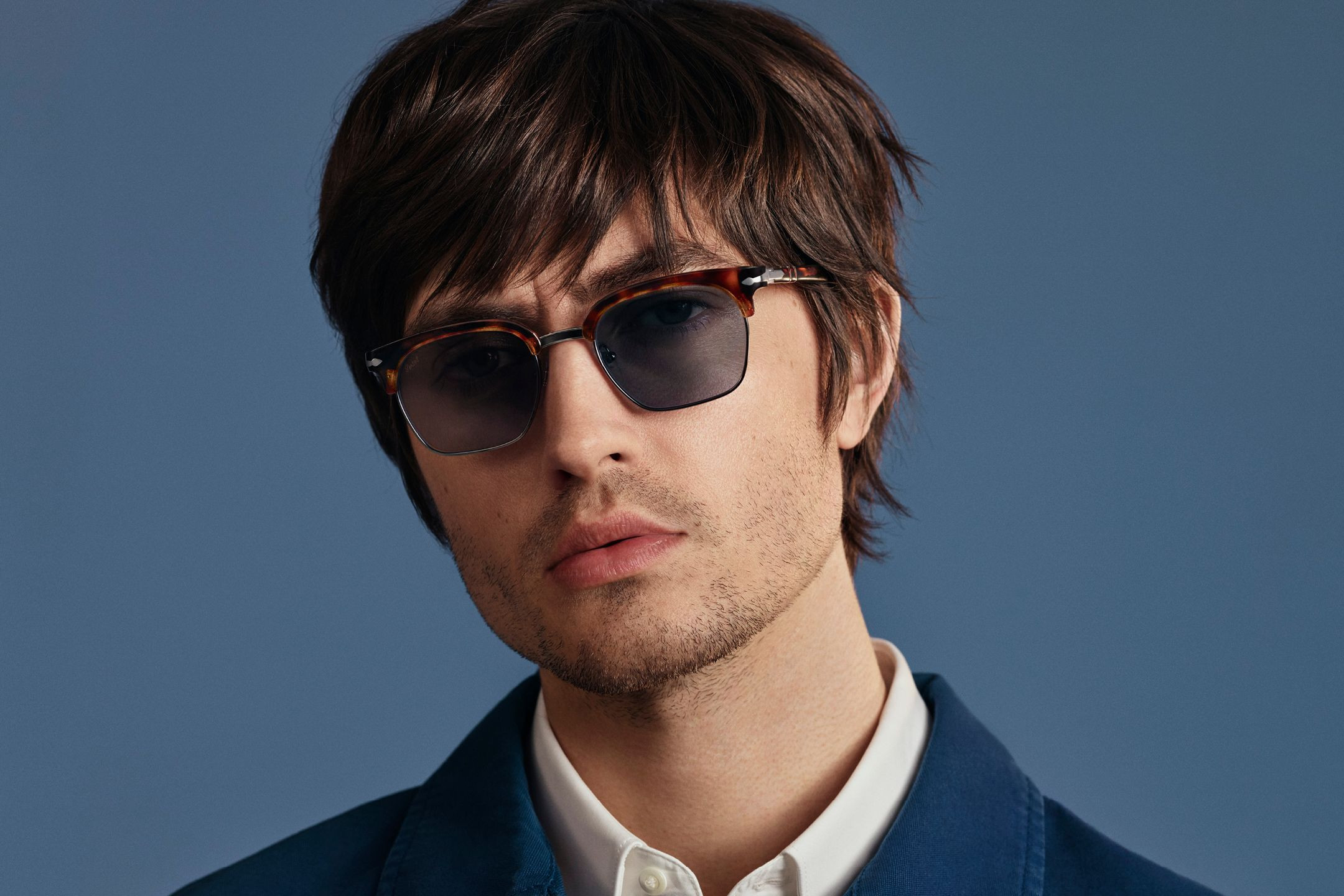
From the wealth of information gathered from sportspeople, “Persol Sport” was created in 1990, a line designed to protect the eyes of those involved in sporting activities. At that time Persol’s image was closely associated with personalities from the worlds of sport, such as Jean Alesi in 96 and 97.
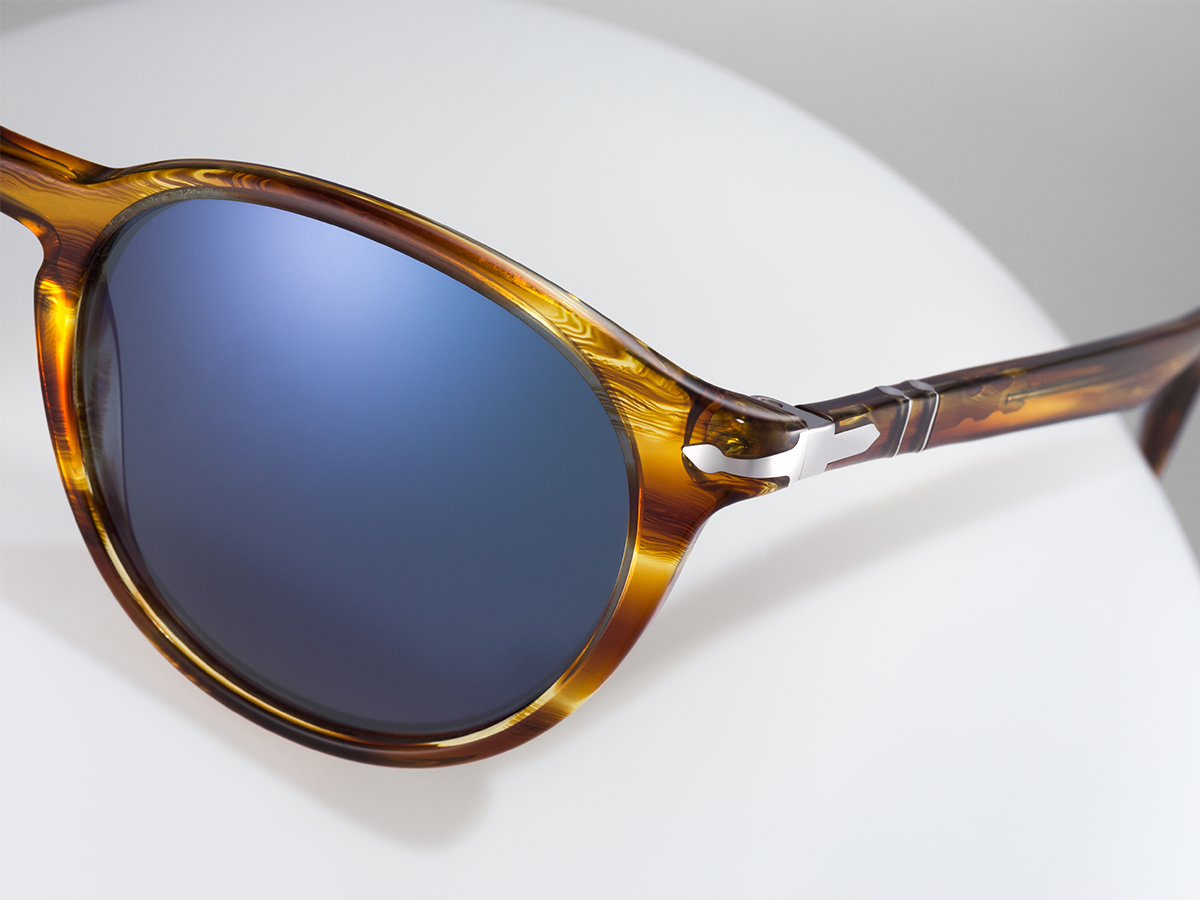
The Years '90 ad Oggi
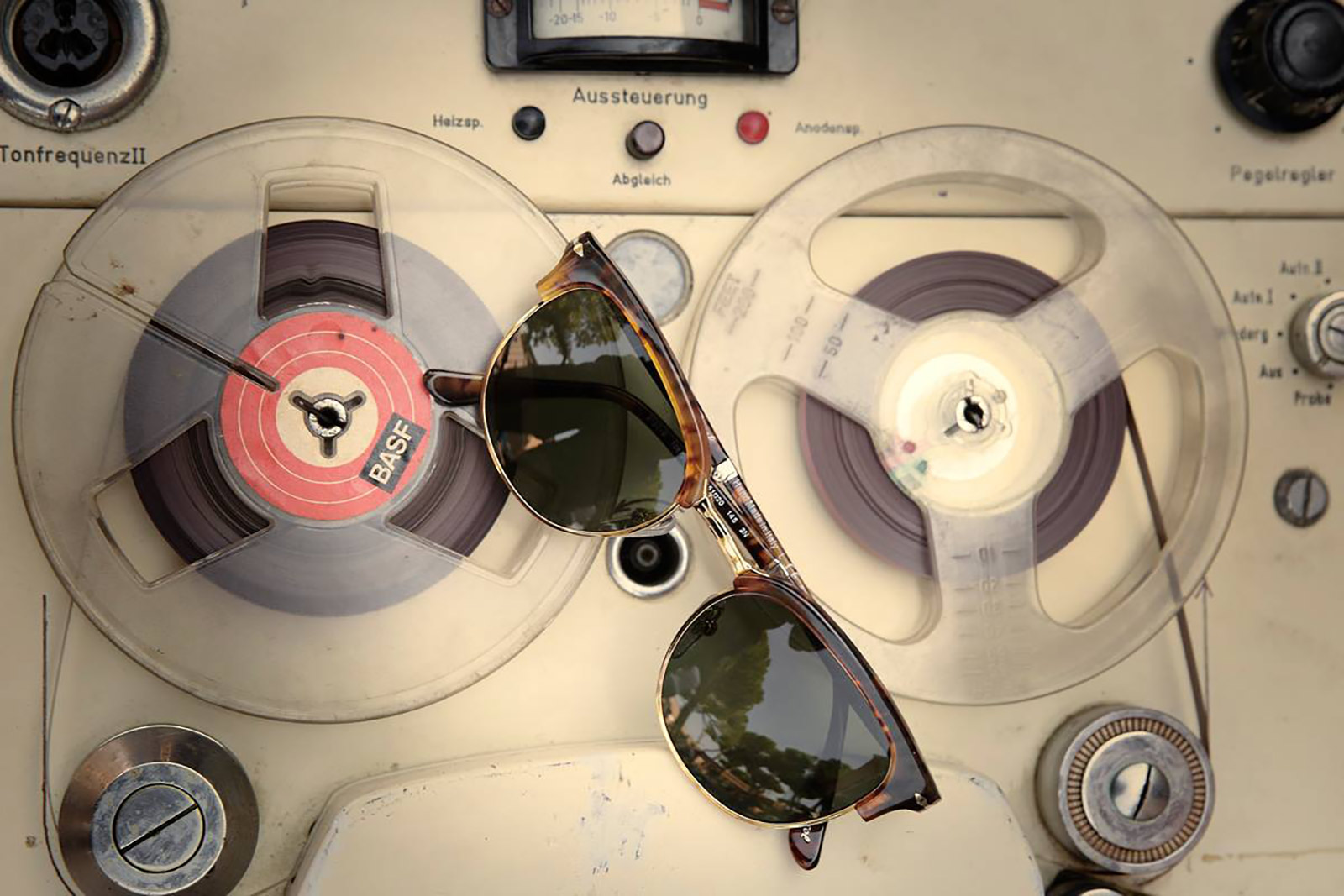
In the early 1990s Persol‘s female image was entrusted to Italian actress Ornella Muti, for whom Persol purposely created a pair of incredibly popular glasses (the elegant 830 model), and then in 1993-94 with super model, Carol Alt. She too was dedicated a personalised model (the Carol 853 model).

In April 1995 the Luxottica Group, world leaders in the sector, acquired the Persol trademark and turned it into a major international reality. Persol thus became one the most important brand names on the worldwide eyewear scene while maintaining its roots and loyalty to tradition and quality. Indeed, Luxottica continues to make Persol glasses in the historical factory in Lauriano (Turin) where still today they are made with the same care and attention they have always received.

In 1995, 649 was chosen to represent the relationship that exists between fashion, design and technology and was displayed at the exhibition “Fra Moda e Design, linea infinita“ at the Milan Triennial alongside creations by Armani, Cartier, Mary Quant, Prada, Rolex and many others. In 2004 the model was displayed at the exhibition “Excess“. Fashion & Underground in the ‘80s alongside a varied collection of contemporary pop culture items, perfectly demonstrate the agelessness of legends.
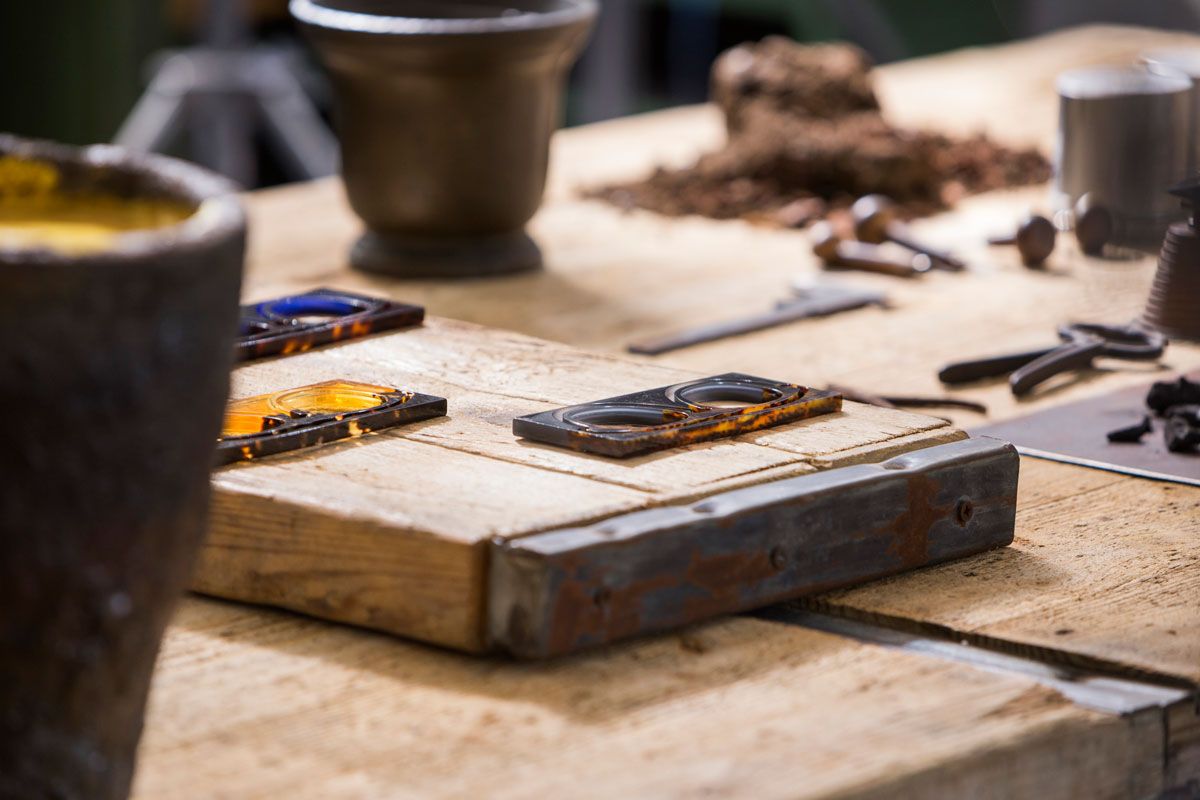
Persol has, from time to time, entrusted its public image to some exceptional figures: from the aforementioned Ornella Muti, Jean Alesi and Carol Alt to the extraordinary actress Maria Grazia Cucinotta, footballer Alessandro Del Piero (promoter in 1998-99) and footballer Filippo Inzaghi (promoter in 2004). These personalities have shown their preference for the Persol legend and interpreted its style and character with elegance and originality.
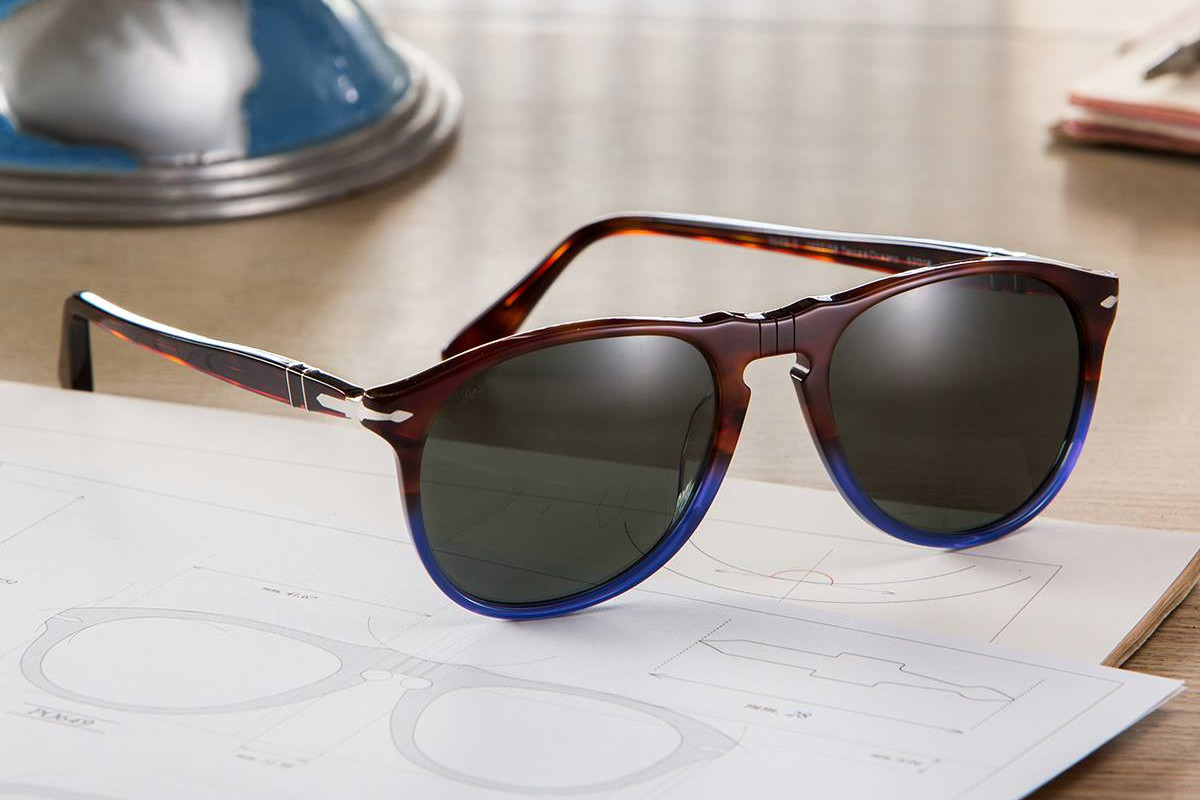
Over the years many famous personalities have chosen Persol and its quality, becoming spontaneous promoters of our brand name: top sportspeople, leading figures in international business and, above all, undisputed celebrities from the world of cinema, a privileged sector for Persol.

Persol glasses have been worn by great names in international cinema who have chosen the Italian sunglasses par excellence not only on set but also in their day-to-day life. Persol’s long “filmography” began in the 1960s and continues to grow, marking a truly special and magical love story with the movie industry.
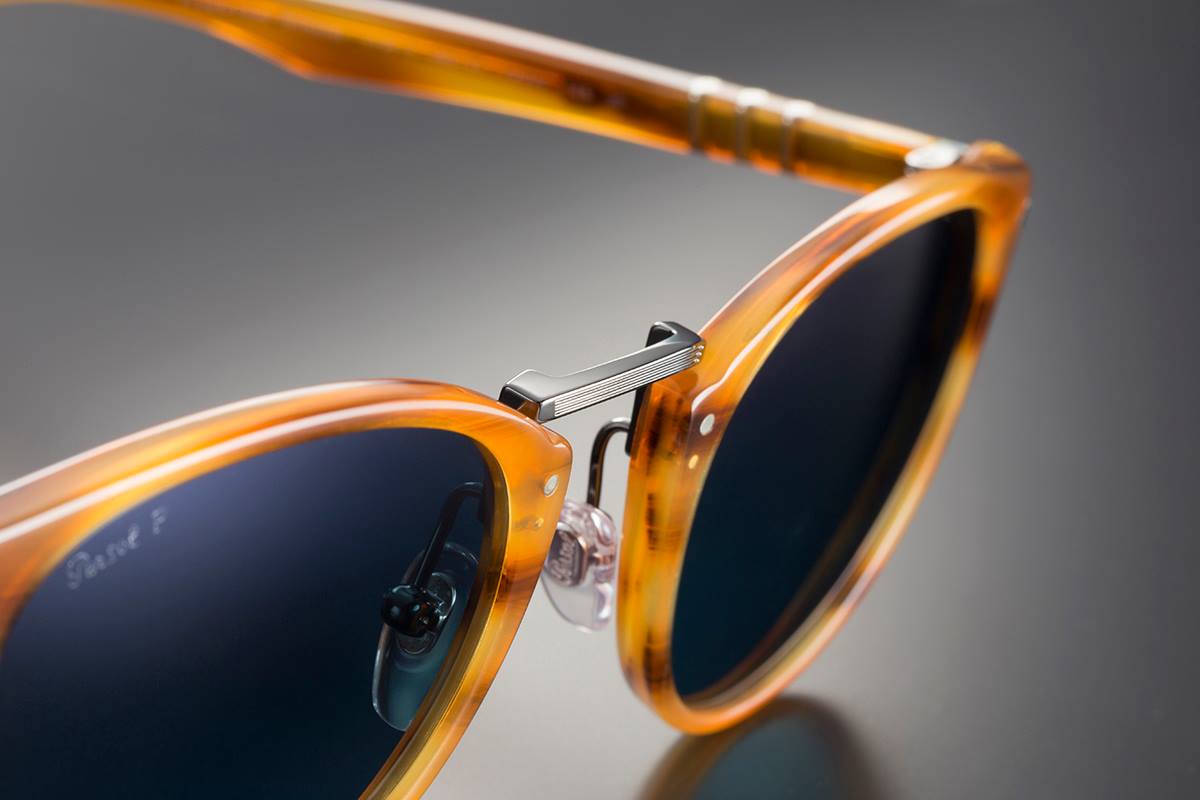
Today, a new chapter in the Persol legacy is written: the iconic 649 dares to evolve. The new-born icon, 9649, retains the legendary unmistakable shape while disclosing thinner and lighter profiles.
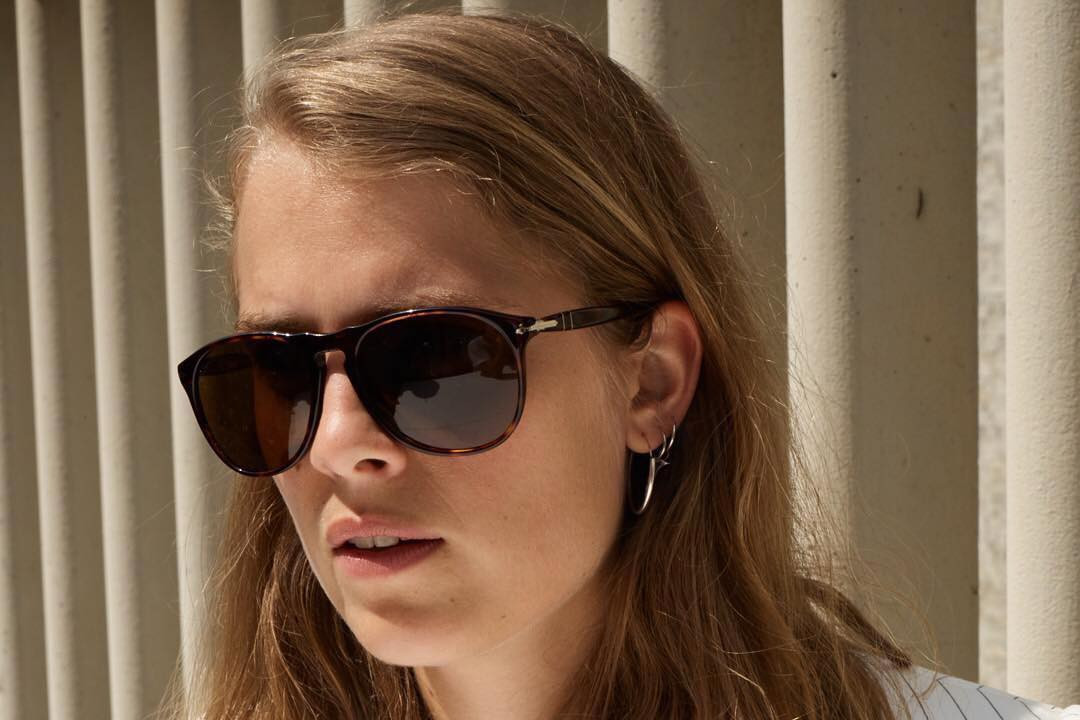
Persol
For The Sun

History

The Years 1917 – 1930

Turin 1917, Giuseppe Ratti, photographer and owner of Berry Opticians, began to make technically advanced glasses, designed to satisfy the demands of pilots and sports drivers who required comfort, protection and optimum vision.

Protector glasses were born, made using round smoked lenses with rubber edges and attached to the head by means of elastic bands. Soon they were adopted by the Armed Forces and by pilots in the Italian Military Aviation.

Intuition, ingenuity, innovation and quality made Protector glasses the choice of several air forces around the world, including the United States. During this period they were worn by flying, driving and motorcycling aces - D'Annunzio, De Pinedo, Ferrarin, Chiron, Nazzaro, Fangio, Opessi, Bolognini and Ghersi to name but a few of their most famous users.

From the pen of a great designer, Eugenio Colmo, a.k.a. Golia, came to life the “Cinesino” in 1920, a character that distinguished the Berry shop in Via Roma and that, with its graphic development, accompanied advertising campaigns for Ratti’s products for 50 years, in particular the Persol line that was created in that period.

Again in the 1920s the famous yellow-brown lens that is mounted on all Persol glasses was created using neutral crystal made from the purest silica. Its singular characteristic is owed to a special “en masse” manufacturing process that determines its colouring and guarantees extremely high protection from the sun’s harmful rays.

In 1924 Protector obtained the first of 14 international patents. Composed of 41 parts requiring 43 different assembly procedures, Protector glasses were also adopted by the Swiss Military Department in 1927 after careful analysis.

The Years 1930– 1950

Subsequent development of the Protector model, guided by an intuition and determination to create truly revolutionary sunglasses in terms of quality and ease of wearing, led to the creation of the Persol trademark (Persol from “per il sole” meaning “for the sun”, highlighting their function of protection against the sun’s rays).

The extraordinary characteristics of this innovative product were its neat design, crystal lenses (the pride of Persol), the Silver Arrow (both a functional detail and unmistakable decorative element) and the Meflecto patent, a system studied to make the stems flexible and offer maximum comfort.

The late 1930s saw the introduction of the Meflecto system, the world’s first flexible stem that is still today a distinctive feature of the Persol brand. The stem’s flexibility derives from the introduction of nylon or metal cylinders intersected by a stainless steel core providing absolute comfort and adaptability to any face.

This period also marked the creation of Persol Victor Flex, an application of the Meflecto concept. A real fountain of technology, the glasses were equipped with a flexible bridge (the “3-notch bridge“, still used today in model 649) that creates a comfortable curve and improves fitting. A further internal metal reinforcement is applied to the stems of new models to allow their adjustment both in length and curving.

This period also marked the birth of the Silver Arrow, Persol’s unmistakable symbol: a hinge decorated with an arrow on the stem, inspired by the swords of ancient warriors. This innovation, born of Ratti’s intuition, was immediately patented in several countries.

Various versions of the arrow followed until development and technical and design adjustments led to the “Supreme” arrow, that still today distinguishes the Persol trademark. As both a functional detail and decorative element, the arrow soon brought Persol international recognition (and copying) of its very particular style.

The Years 1950– 1970

Model 649, built for tram drivers in Turin who needed large glasses to protect their eyes against the air and dust, was created in 1957. The novelty of its design made it a very successful pair of glasses, copied over the years by many competitors, and in 1961 they entered into legend when Marcello Mastroianni wore them in the film “Divorce Italian Style”.

Protected by several patents and registered trademarks, model 649 (still today of great relevance and present in collections) represents the symbol par excellence of Persol design. Thanks to its particularity, in a 1994 French book entitled “Qualità: scènes d'objets à l'italienne“ it was included among the objects most representative of the Italian creative genius of yesterday and today.

In the 1960s Persol became a source of real pride for Italian industry. Production was extended to work goggles - the Labor model were protective goggles for welding, with specific filters for various uses. It was a highly researched and specialized line, holding over 35 international patents, that took the Persol brand name to the top of the world’s eyewear industry.

1962 was the year in which the United States market was conquered (though Persol had already been supplying NASA with the “four-lens” model).

At that time Persol glasses were more and more often being worn by top personalities of the period, not only pilots and sportsmen but also film and television stars such as Greta Garbo and Steve McQueen, who chose Persol both on the set and in everyday life.

The Years 1970– 1990

The 1980s extended the considerable attention that Persol had always paid to technological innovation and care for its products. Indeed, it took part in several expeditions to test its lenses at high altitudes and in the desert, verifying their performance in extreme conditions, and to experiment with the use of innovative materials.

Over the 80s and 90s, therefore, we see Persol being tested in the most extreme conditions, with an expedition to the Svalbard Islands in Northern Norway, the sponsoring of and participation in several editions of the gruelling Paris-Dakar race, and the outfitting of an entire team for the Pharaohs Rally in 1991.

In Siberia, Vorkuta over 75 ° N, 65 ° below zero, the Russian astronauts parachuted tutorials for survival, were equipped with Persol sunglasses with polarized lenses plywood.

And again, alpinist Enrico Rosso wore Persol glasses in 1989 as he climbed up to the Himalayan summit of Kun (23251 ft). With him was ophthalmologist Paolo Gugliermina who looked after ocular testing. Upon his return he reported that none of the men on the expedition had suffered eye problems thanks to protection from Persol lenses specifically designed for the mission.

Other expeditions to the Himalayas, including one to Cho Oyu, the “Turquoise Goddess” at 26,906 feet, took place in the early 90s thanks also to Persol performance. These test-beds, in association with undisputed personalities from the world of mountaineering such as Reinhold Messner, made it possible to carry out extremely important optical studies and tests on the quality of Persol lenses.

From the wealth of information gathered from sportspeople, “Persol Sport” was created in 1990, a line designed to protect the eyes of those involved in sporting activities. At that time Persol’s image was closely associated with personalities from the worlds of sport, such as Jean Alesi in 96 and 97.

The Years '90 ad Oggi

In the early 1990s Persol‘s female image was entrusted to Italian actress Ornella Muti, for whom Persol purposely created a pair of incredibly popular glasses (the elegant 830 model), and then in 1993-94 with super model, Carol Alt. She too was dedicated a personalised model (the Carol 853 model).

In April 1995 the Luxottica Group, world leaders in the sector, acquired the Persol trademark and turned it into a major international reality. Persol thus became one the most important brand names on the worldwide eyewear scene while maintaining its roots and loyalty to tradition and quality. Indeed, Luxottica continues to make Persol glasses in the historical factory in Lauriano (Turin) where still today they are made with the same care and attention they have always received.

In 1995, 649 was chosen to represent the relationship that exists between fashion, design and technology and was displayed at the exhibition “Fra Moda e Design, linea infinita“ at the Milan Triennial alongside creations by Armani, Cartier, Mary Quant, Prada, Rolex and many others. In 2004 the model was displayed at the exhibition “Excess“. Fashion & Underground in the ‘80s alongside a varied collection of contemporary pop culture items, perfectly demonstrate the agelessness of legends.

Persol has, from time to time, entrusted its public image to some exceptional figures: from the aforementioned Ornella Muti, Jean Alesi and Carol Alt to the extraordinary actress Maria Grazia Cucinotta, footballer Alessandro Del Piero (promoter in 1998-99) and footballer Filippo Inzaghi (promoter in 2004). These personalities have shown their preference for the Persol legend and interpreted its style and character with elegance and originality.

Over the years many famous personalities have chosen Persol and its quality, becoming spontaneous promoters of our brand name: top sportspeople, leading figures in international business and, above all, undisputed celebrities from the world of cinema, a privileged sector for Persol.

Persol glasses have been worn by great names in international cinema who have chosen the Italian sunglasses par excellence not only on set but also in their day-to-day life. Persol’s long “filmography” began in the 1960s and continues to grow, marking a truly special and magical love story with the movie industry.

Today, a new chapter in the Persol legacy is written: the iconic 649 dares to evolve. The new-born icon, 9649, retains the legendary unmistakable shape while disclosing thinner and lighter profiles.

-
Persol - PO3330S - Black Horn / Polar Black - Sunglasses - Persol Eyewear
Protector glasses were born, made using round smoked lenses with rubber edges and attached to the head by means of elastic bands. Soon they were adopted by the Armed Forces and by pilots in the Italian Military Aviation.
369,75 € 435,00 € -15%Reduced price ! -
Persol - PO3330S - Green Horn / Blue - Sunglasses - Persol Eyewear
Protector glasses were born, made using round smoked lenses with rubber edges and attached to the head by means of elastic bands. Soon they were adopted by the Armed Forces and by pilots in the Italian Military Aviation.
369,75 € 435,00 € -15%Reduced price ! -
Persol - PO3330S - Havana / Gradient Brown - Sunglasses - Persol Eyewear
Protector glasses were born, made using round smoked lenses with rubber edges and attached to the head by means of elastic bands. Soon they were adopted by the Armed Forces and by pilots in the Italian Military Aviation.
327,25 € 385,00 € -15%Reduced price ! -
Persol - PO3330S - Black / Green - Sunglasses - Persol Eyewear
Protector glasses were born, made using round smoked lenses with rubber edges and attached to the head by means of elastic bands. Soon they were adopted by the Armed Forces and by pilots in the Italian Military Aviation.
327,25 € 385,00 € -15%Reduced price ! -
Persol - PO3330S - Transitions® - Black / Transitions 8 Sapphire - Sunglasses...
Protector glasses were born, made using round smoked lenses with rubber edges and attached to the head by means of elastic bands. Soon they were adopted by the Armed Forces and by pilots in the Italian Military Aviation.
412,25 € 485,00 € -15%Reduced price ! -
Persol - Francis - Grey Tortoise / Grey Gradient - Sunglasses - Persol Eyewear
Protector glasses were born, made using round smoked lenses with rubber edges and attached to the head by means of elastic bands. Soon they were adopted by the Armed Forces and by pilots in the Italian Military Aviation.
259,25 € 305,00 € -15%Reduced price ! -
Persol - Francis - Beige / Brown Gradient - Sunglasses - Persol Eyewear
Protector glasses were born, made using round smoked lenses with rubber edges and attached to the head by means of elastic bands. Soon they were adopted by the Armed Forces and by pilots in the Italian Military Aviation.
259,25 € 305,00 € -15%Reduced price ! -
Persol - Francis - Havana / Brown - Sunglasses - Persol Eyewear
Protector glasses were born, made using round smoked lenses with rubber edges and attached to the head by means of elastic bands. Soon they were adopted by the Armed Forces and by pilots in the Italian Military Aviation.
259,25 € 305,00 € -15%Reduced price ! -
Persol - Francis - Black / Green - Sunglasses - Persol Eyewear
Protector glasses were born, made using round smoked lenses with rubber edges and attached to the head by means of elastic bands. Soon they were adopted by the Armed Forces and by pilots in the Italian Military Aviation.
259,25 € 305,00 € -15%Reduced price ! -
Persol - Francis - Striped Brown / Light Blue - Sunglasses - Persol Eyewear
Protector glasses were born, made using round smoked lenses with rubber edges and attached to the head by means of elastic bands. Soon they were adopted by the Armed Forces and by pilots in the Italian Military Aviation.
259,25 € 305,00 € -15%Reduced price ! -
Persol - Elio - Beige Tortoise / Gradient Blue - Sunglasses - Persol Eyewear
Protector glasses were born, made using round smoked lenses with rubber edges and attached to the head by means of elastic bands. Soon they were adopted by the Armed Forces and by pilots in the Italian Military Aviation.
267,75 € 315,00 € -15%Reduced price ! -
Persol - Elio - Striped Grey / Dark Grey - Sunglasses - Persol Eyewear
Protector glasses were born, made using round smoked lenses with rubber edges and attached to the head by means of elastic bands. Soon they were adopted by the Armed Forces and by pilots in the Italian Military Aviation.
225,25 € 265,00 € -15%Reduced price ! -
Persol - Elio - Havana / Polar Brown - Sunglasses - Persol Eyewear
Protector glasses were born, made using round smoked lenses with rubber edges and attached to the head by means of elastic bands. Soon they were adopted by the Armed Forces and by pilots in the Italian Military Aviation.
267,75 € 315,00 € -15%Reduced price ! -
Persol - Elio - Black / Green - Sunglasses - Persol Eyewear
Protector glasses were born, made using round smoked lenses with rubber edges and attached to the head by means of elastic bands. Soon they were adopted by the Armed Forces and by pilots in the Italian Military Aviation.
225,25 € 265,00 € -15%Reduced price ! -
Persol - Elio - Transitions® - Black / Transitions 8 Sapphire - Sunglasses -...
Protector glasses were born, made using round smoked lenses with rubber edges and attached to the head by means of elastic bands. Soon they were adopted by the Armed Forces and by pilots in the Italian Military Aviation.
310,25 € 365,00 € -15%Reduced price ! -
Persol - Elio - Terra di Siena / Light Blue - Sunglasses - Persol Eyewear
Protector glasses were born, made using round smoked lenses with rubber edges and attached to the head by means of elastic bands. Soon they were adopted by the Armed Forces and by pilots in the Italian Military Aviation.
225,25 € 265,00 € -15%Reduced price ! -
Persol - PO3335S - Brown Tortoise / Brown - Sunglasses - Persol Eyewear
Protector glasses were born, made using round smoked lenses with rubber edges and attached to the head by means of elastic bands. Soon they were adopted by the Armed Forces and by pilots in the Italian Military Aviation.
259,25 € 305,00 € -15%Reduced price ! -
Persol - PO3335S - White / Grey Gradient - Sunglasses - Persol Eyewear
Protector glasses were born, made using round smoked lenses with rubber edges and attached to the head by means of elastic bands. Soon they were adopted by the Armed Forces and by pilots in the Italian Military Aviation.
259,25 € 305,00 € -15%Reduced price ! -
Persol - PO3335S - Havana / Gradient Brown - Sunglasses - Persol Eyewear
Protector glasses were born, made using round smoked lenses with rubber edges and attached to the head by means of elastic bands. Soon they were adopted by the Armed Forces and by pilots in the Italian Military Aviation.
259,25 € 305,00 € -15%Reduced price ! -
Persol - PO3335S - Brown Yellow Tortoise / Gradient Blue - Sunglasses -...
Protector glasses were born, made using round smoked lenses with rubber edges and attached to the head by means of elastic bands. Soon they were adopted by the Armed Forces and by pilots in the Italian Military Aviation.
259,25 € 305,00 € -15%Reduced price ! -
Persol - PO3335S - Black / Green - Sunglasses - Persol Eyewear
Protector glasses were born, made using round smoked lenses with rubber edges and attached to the head by means of elastic bands. Soon they were adopted by the Armed Forces and by pilots in the Italian Military Aviation.
259,25 € 305,00 € -15%Reduced price !



